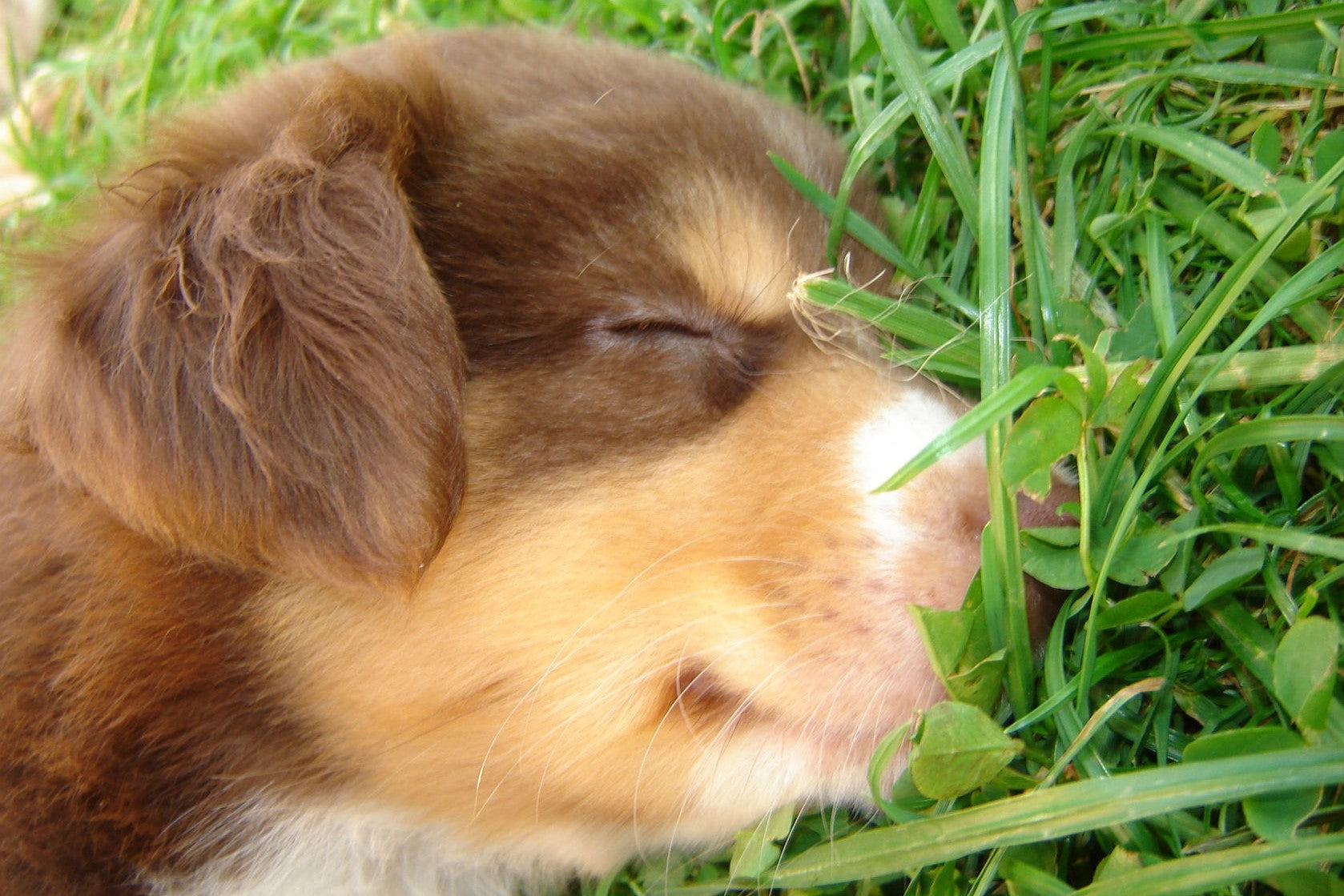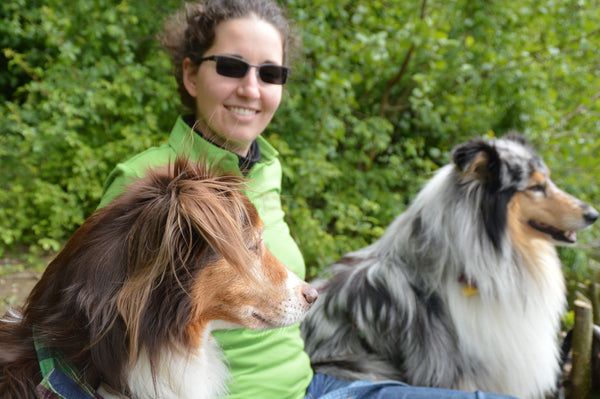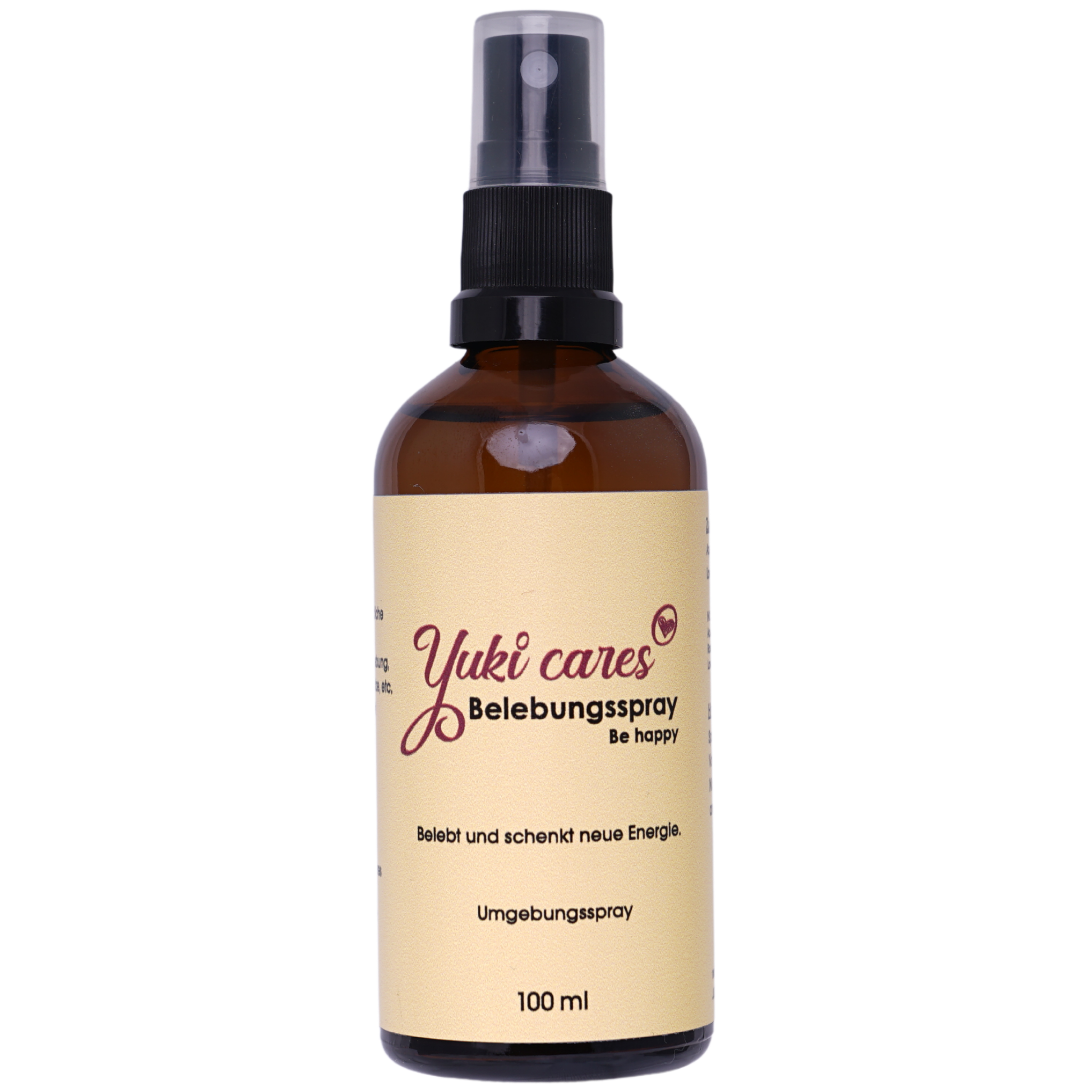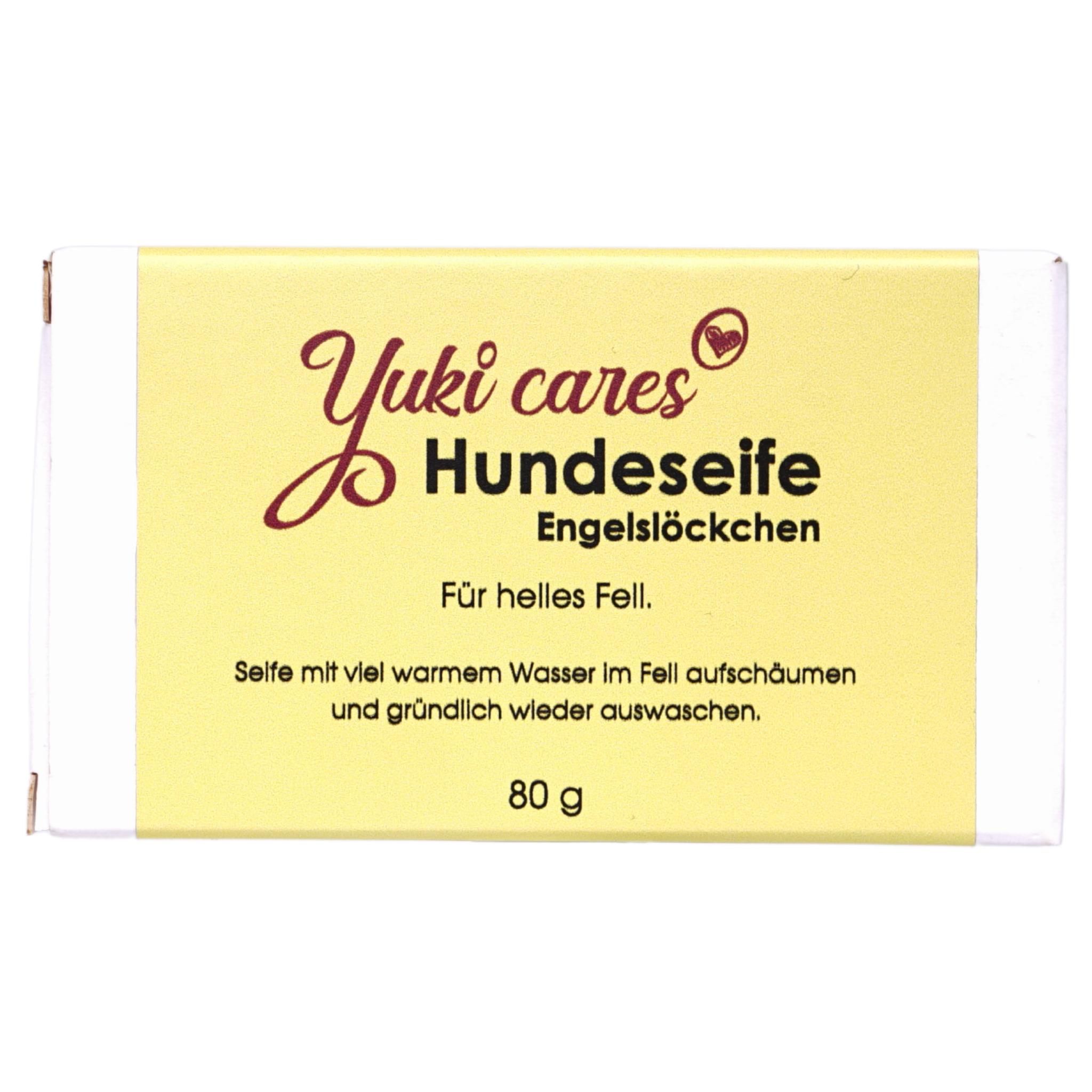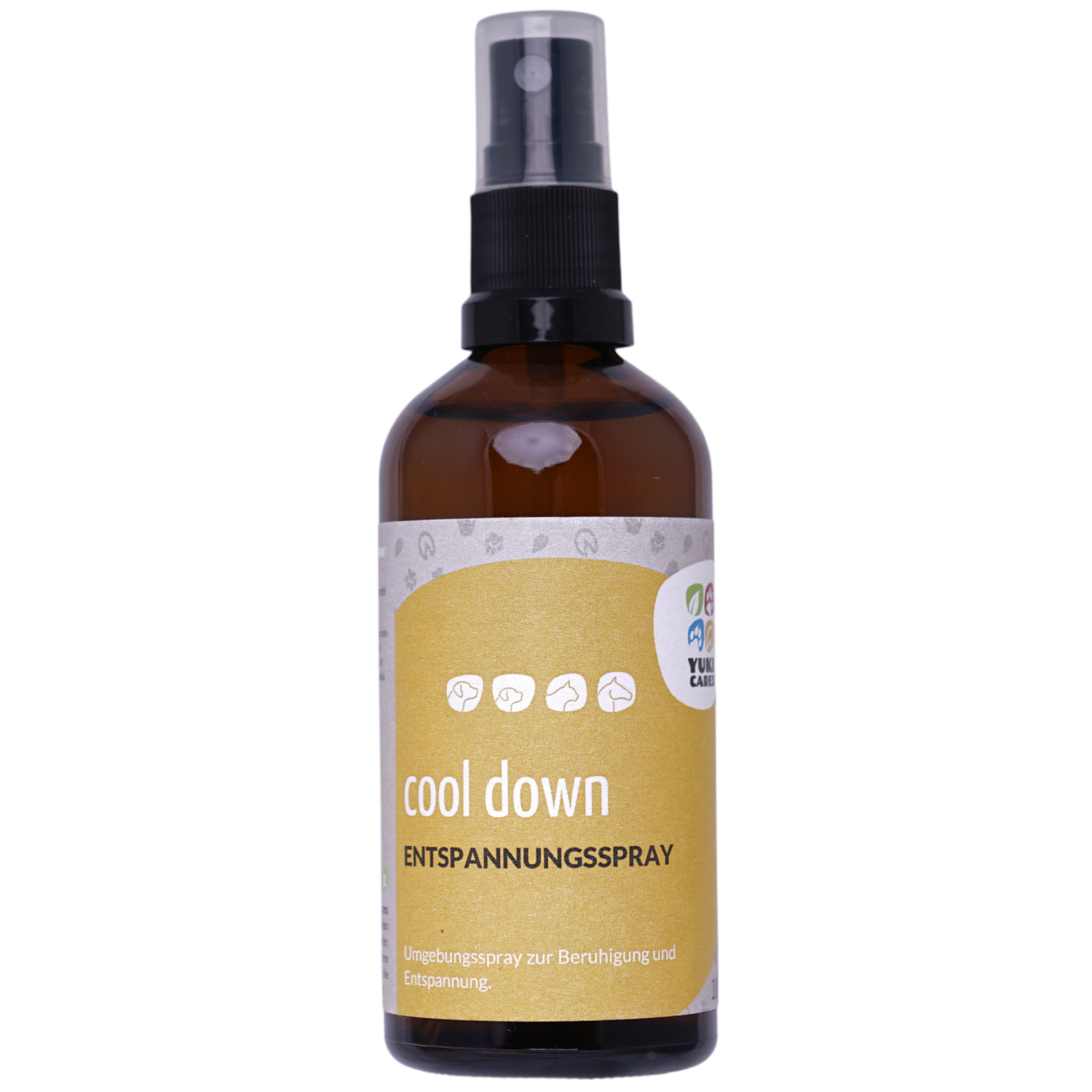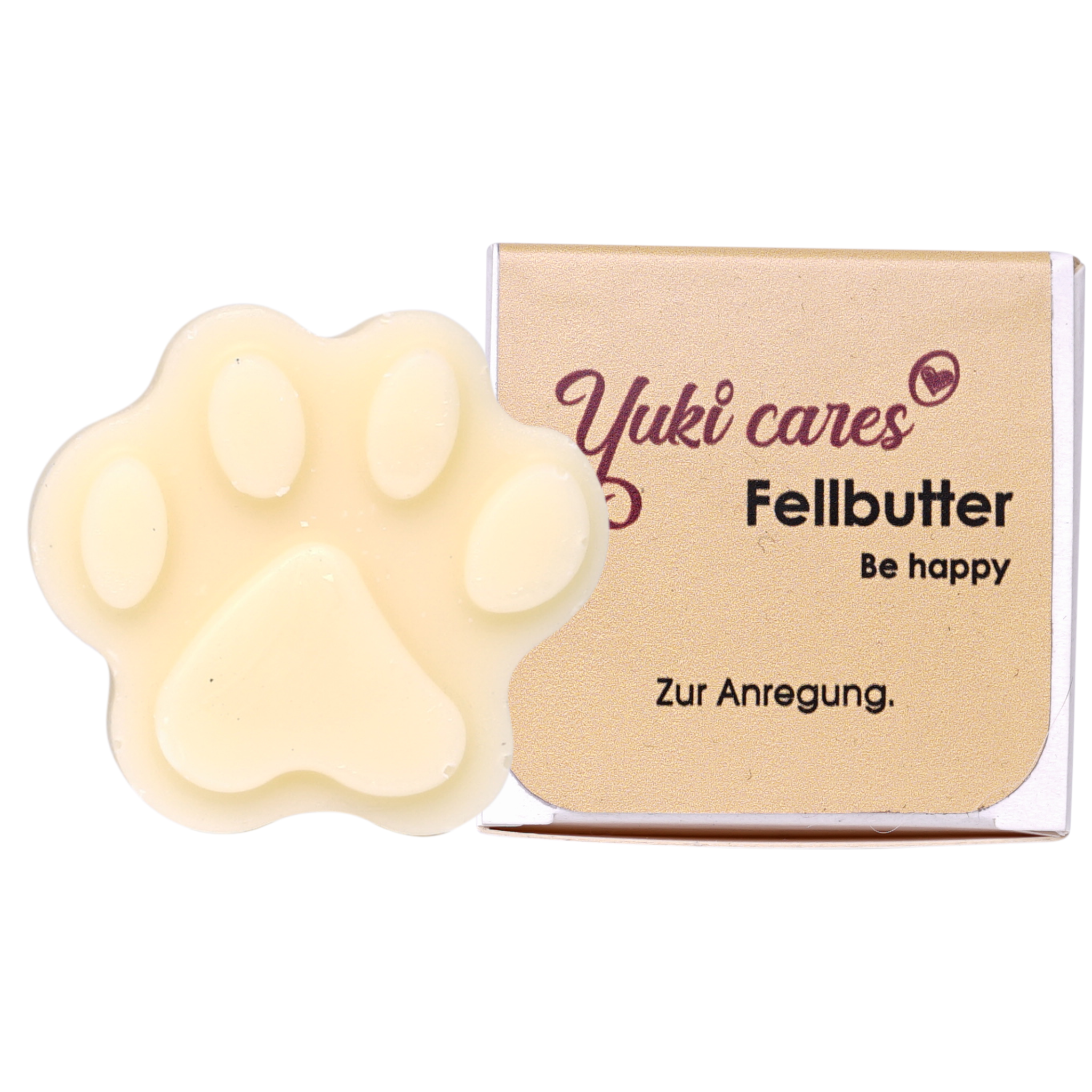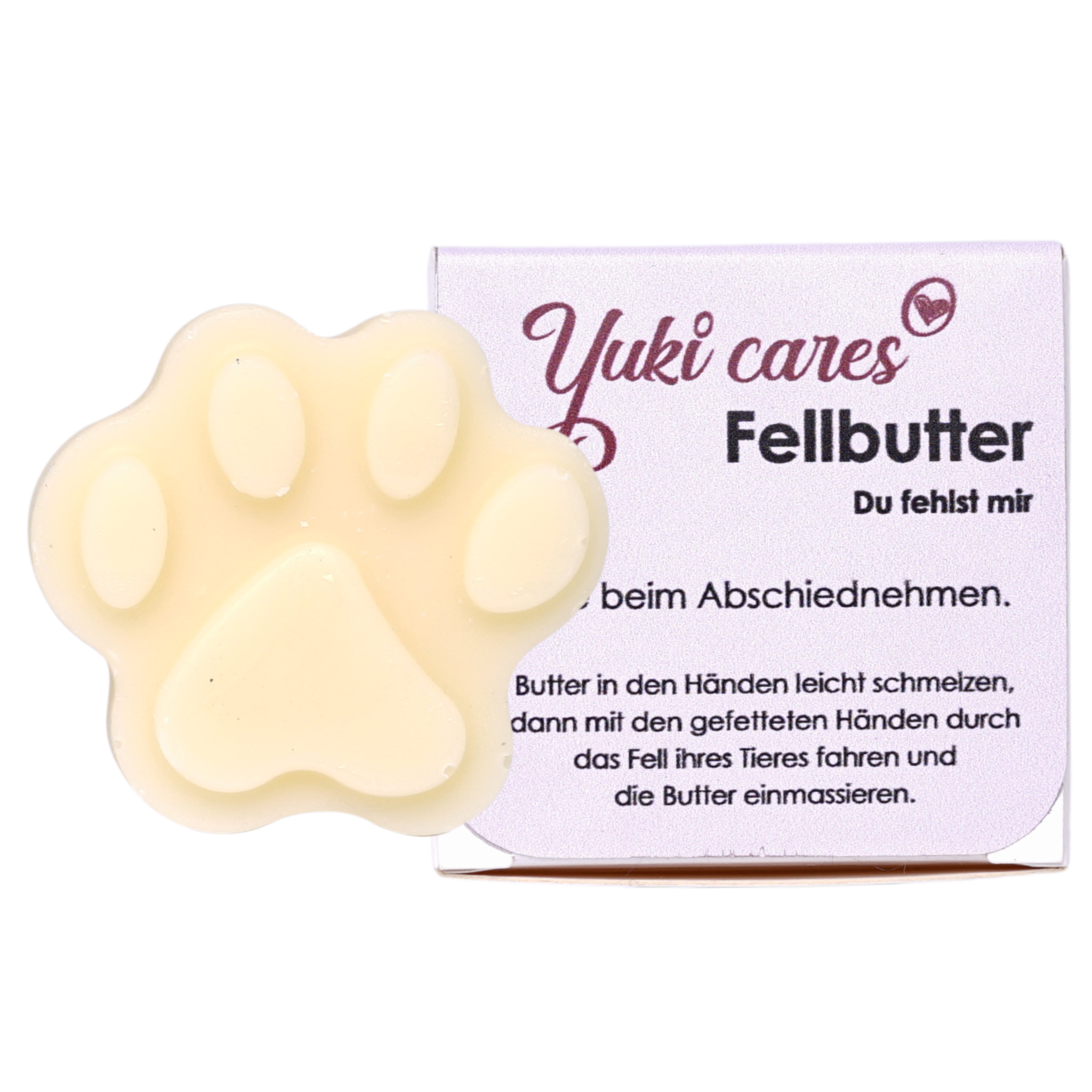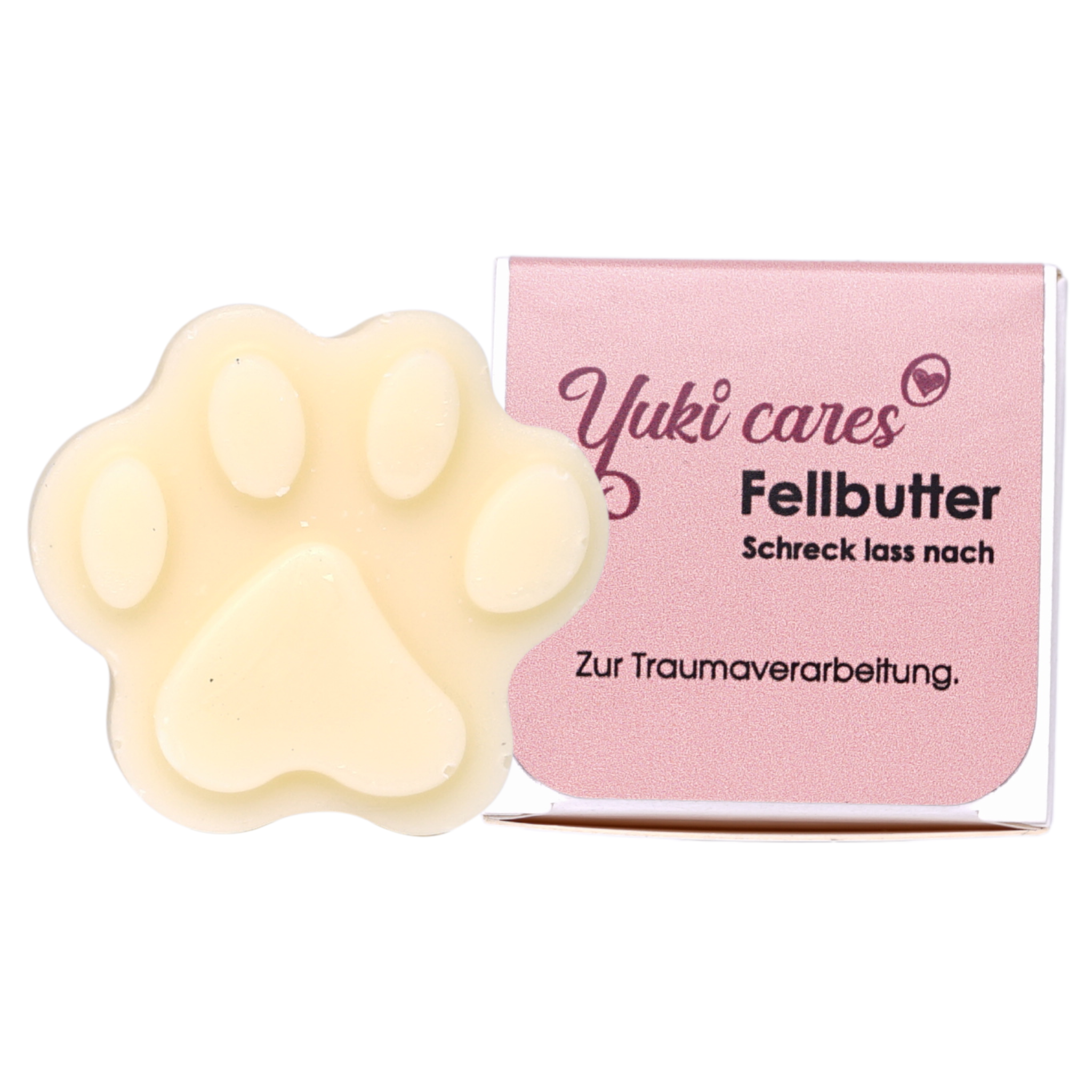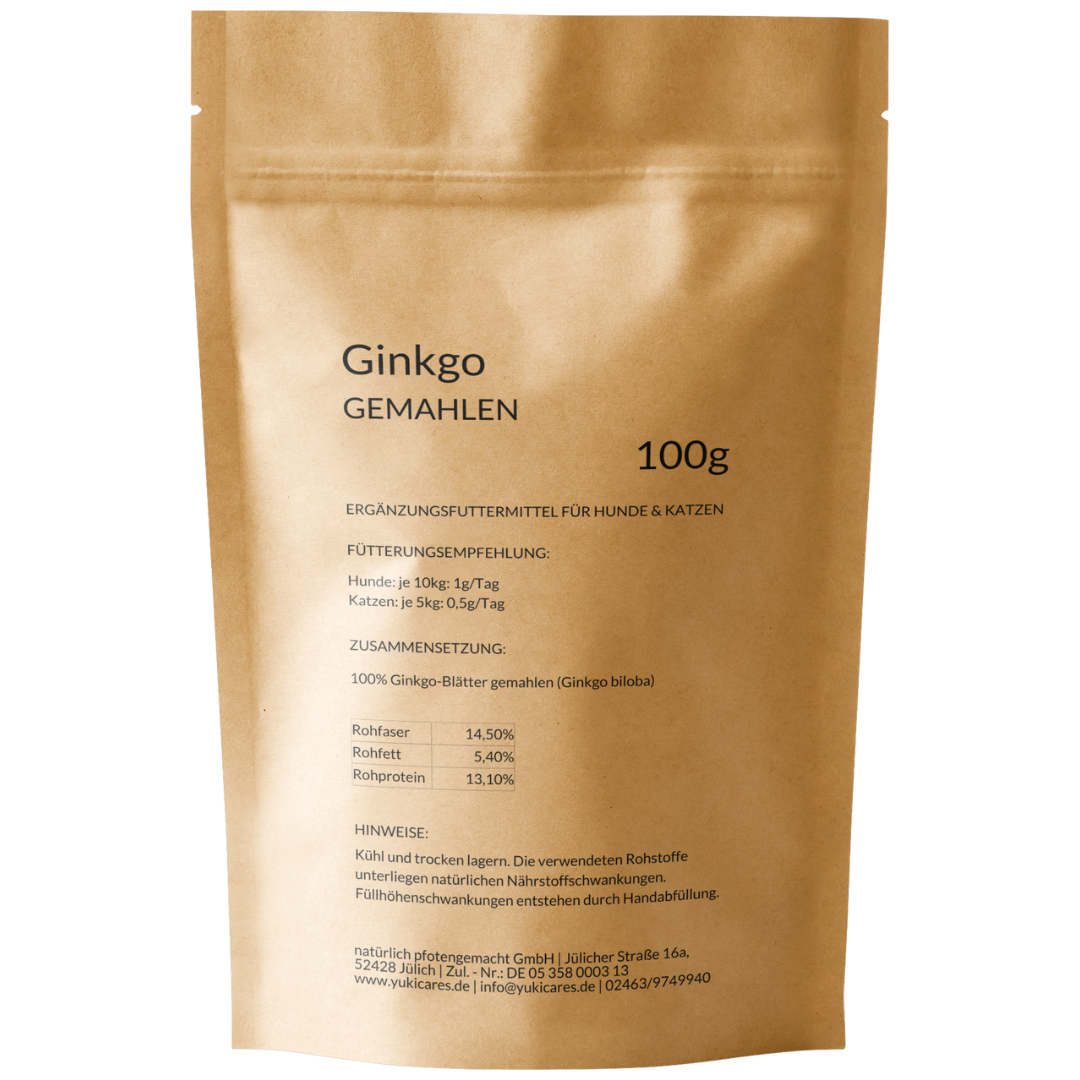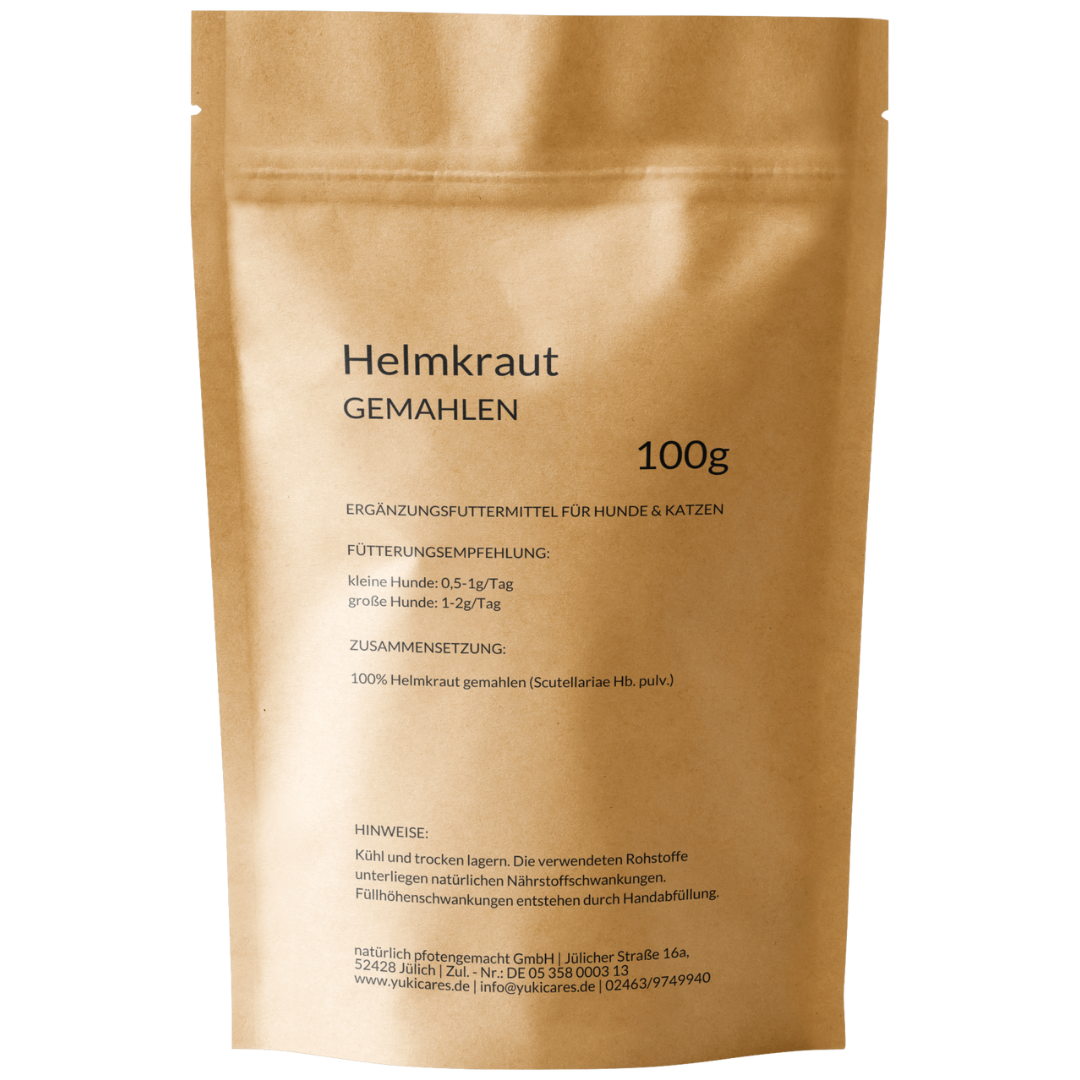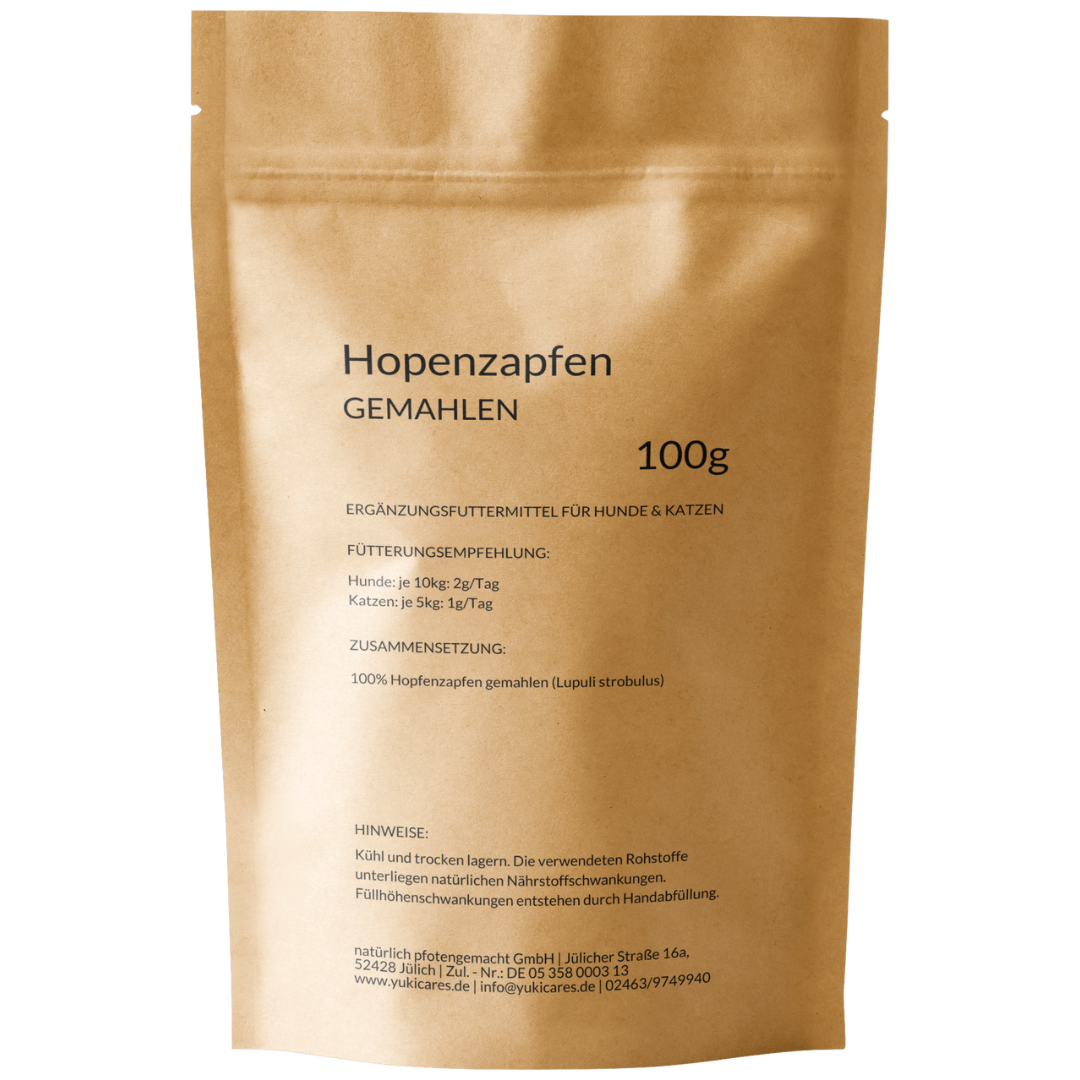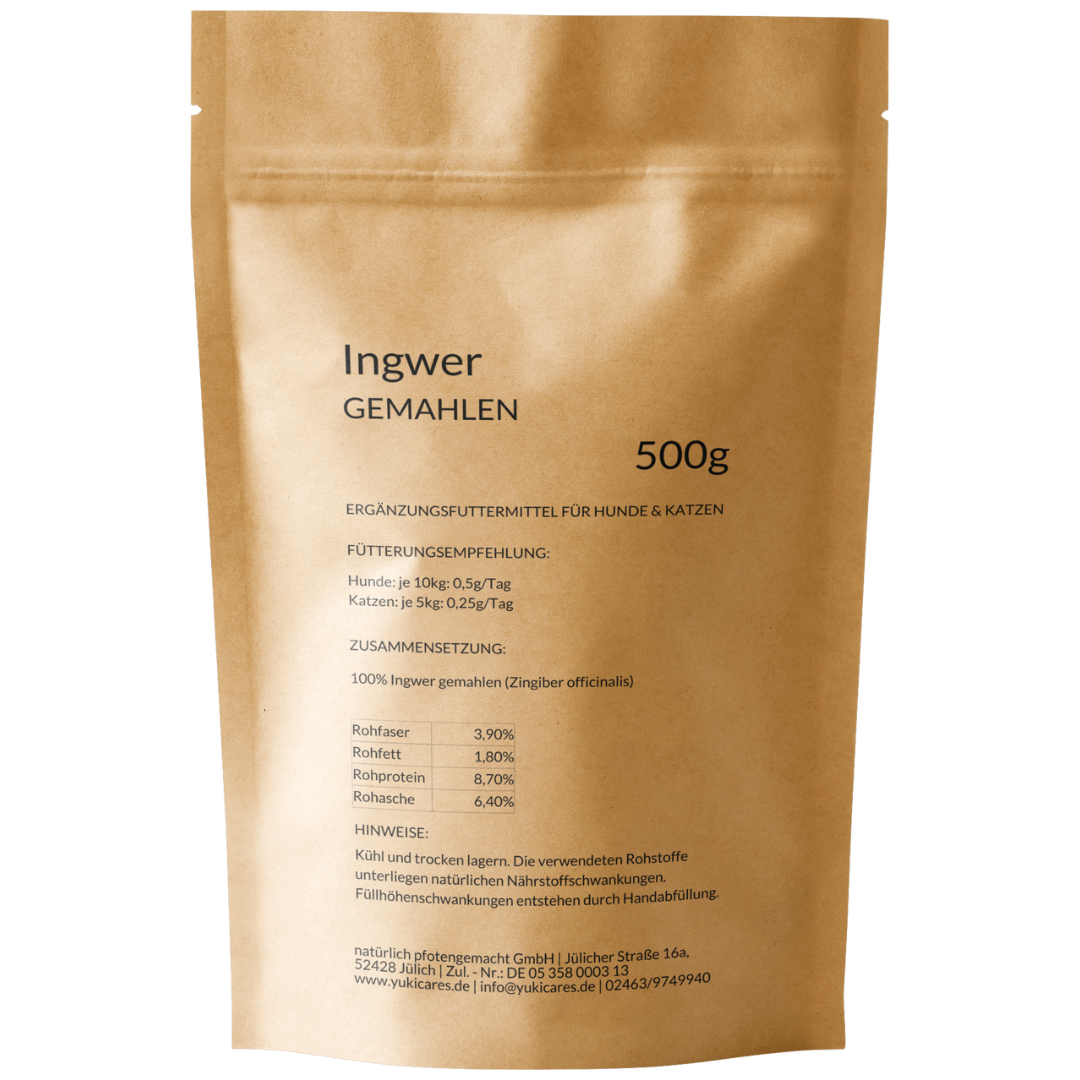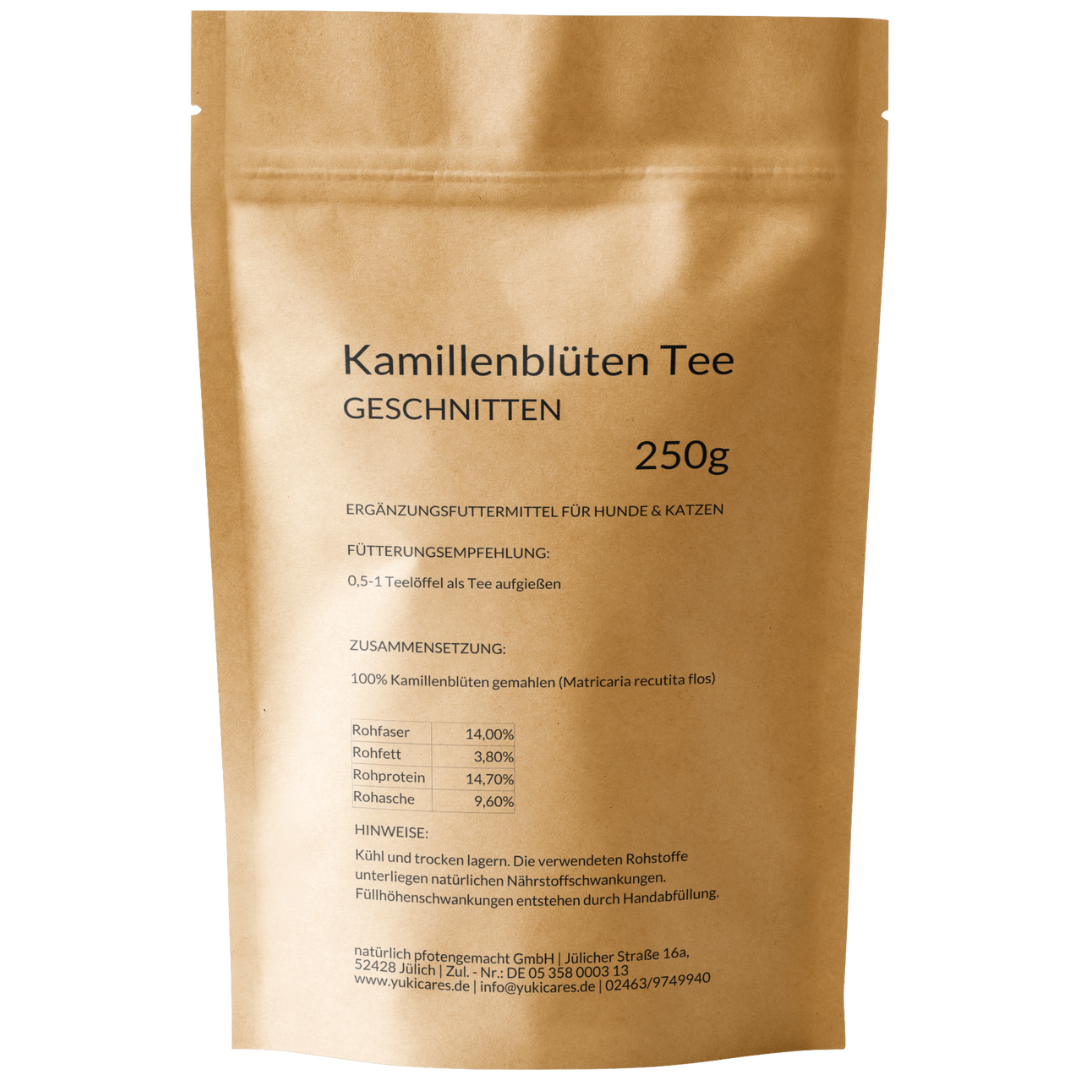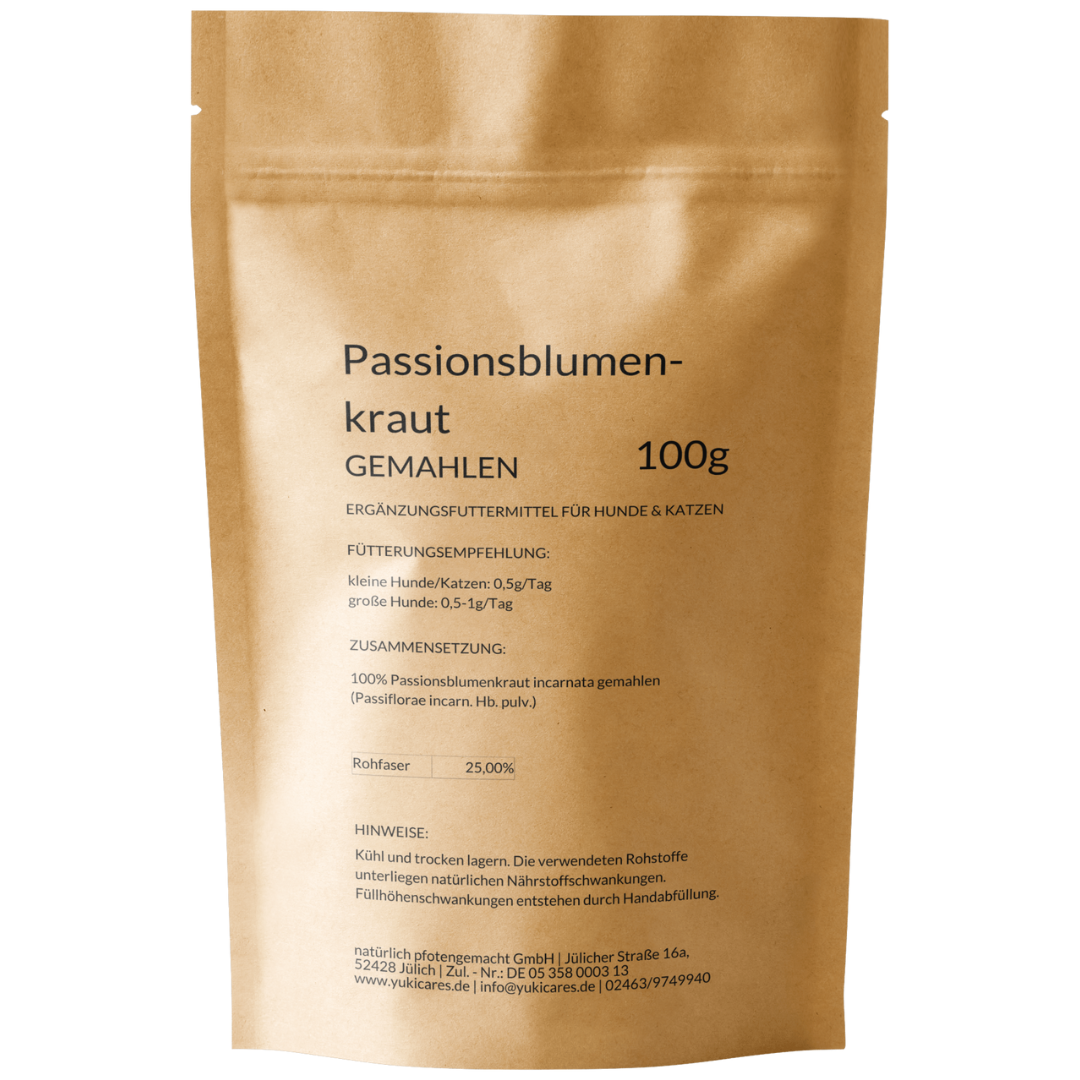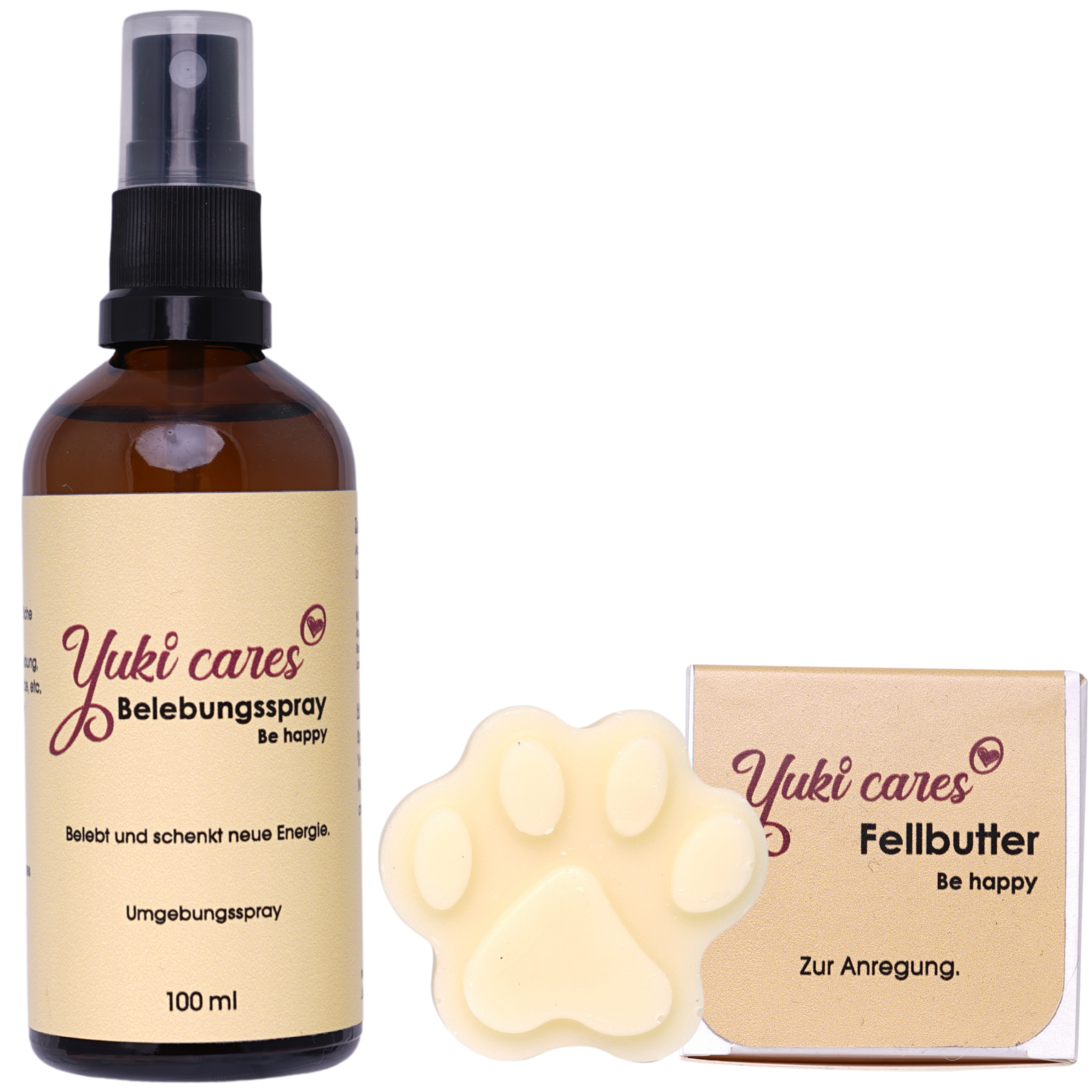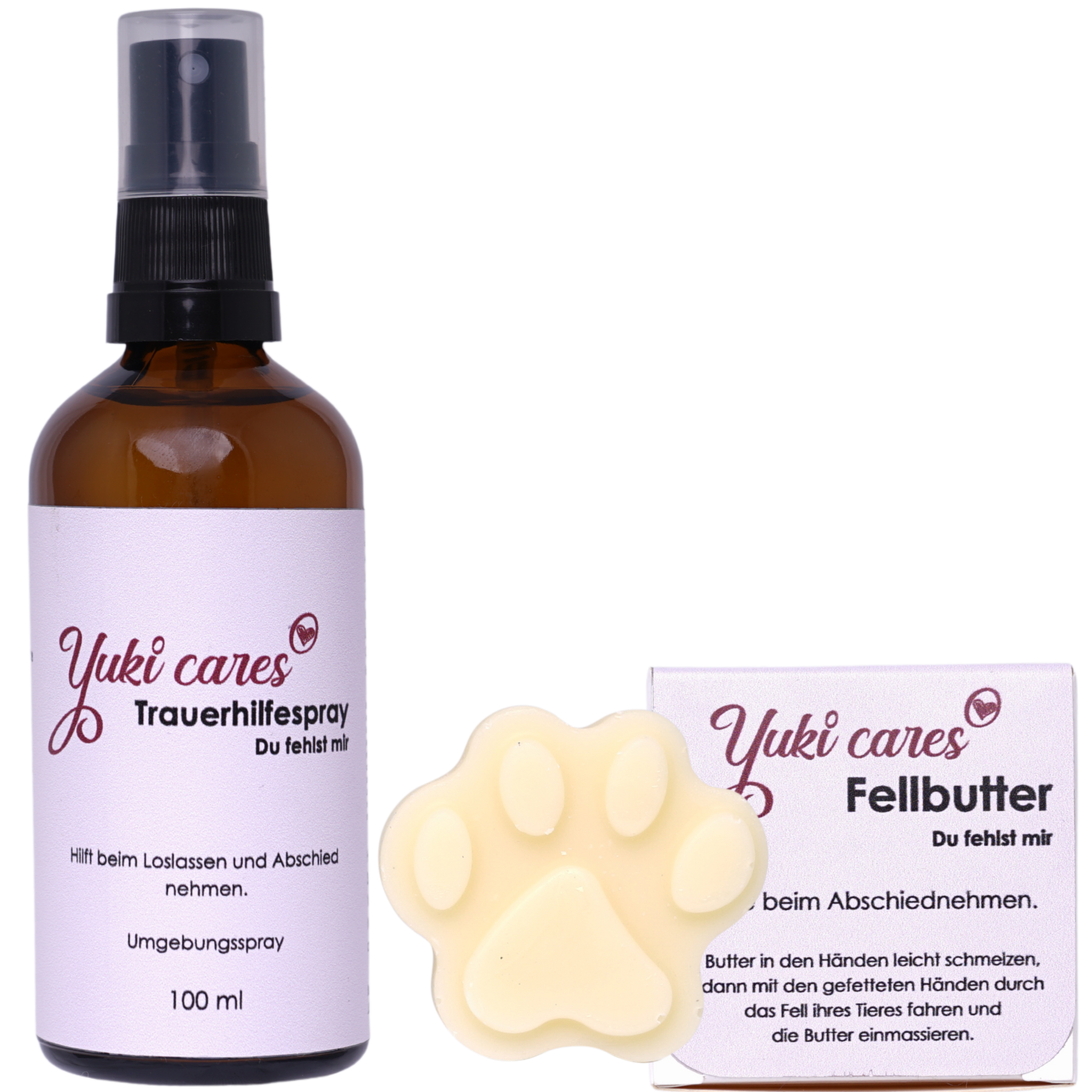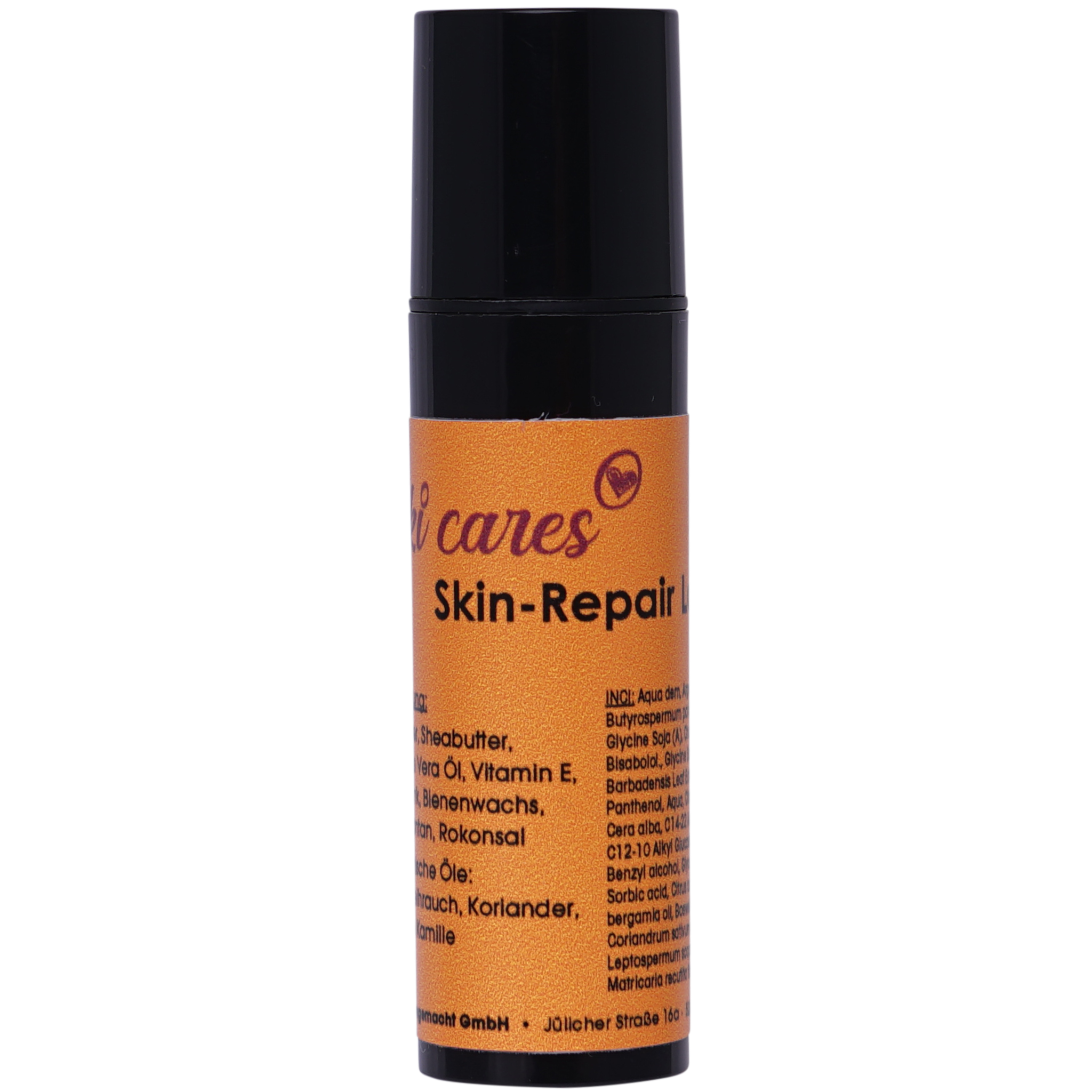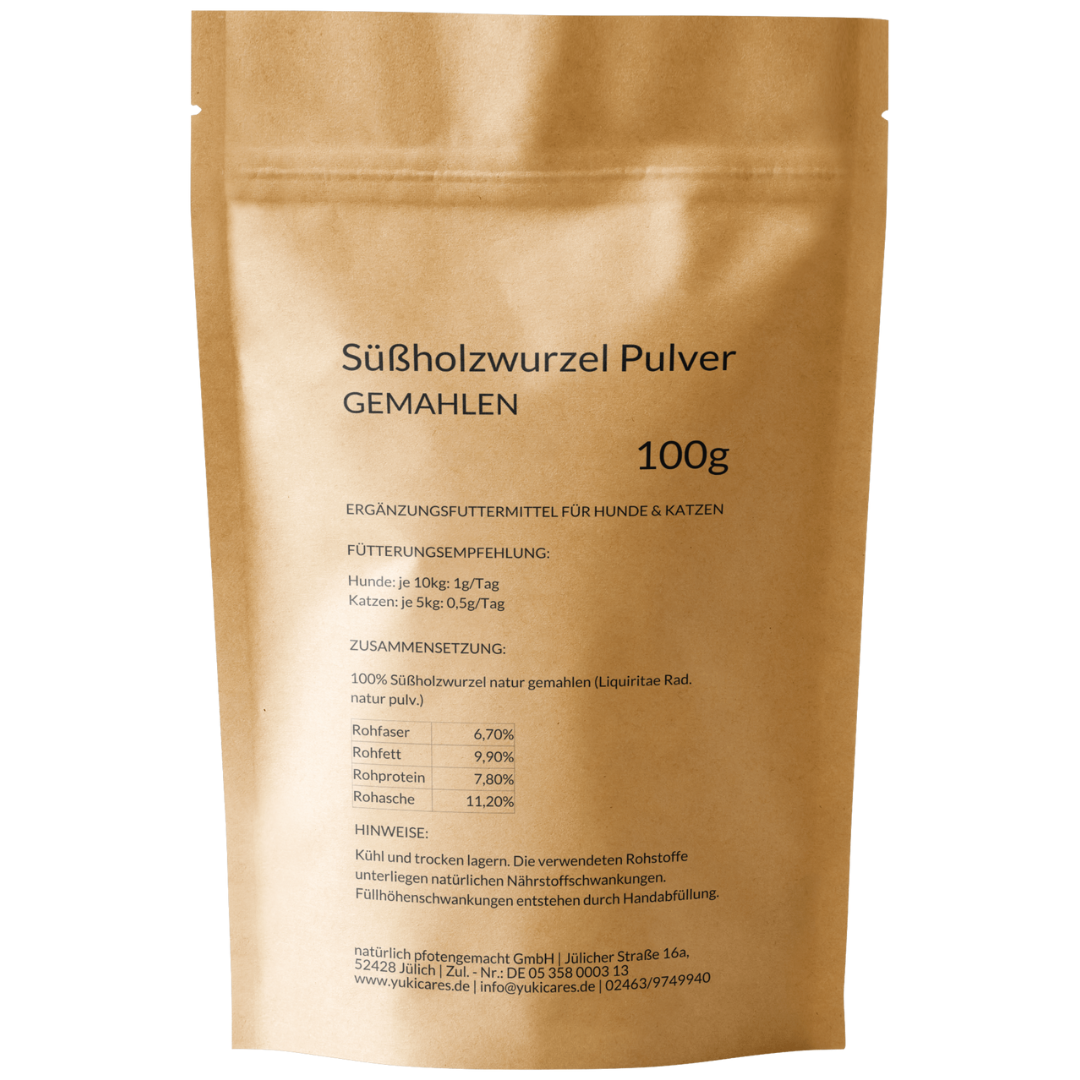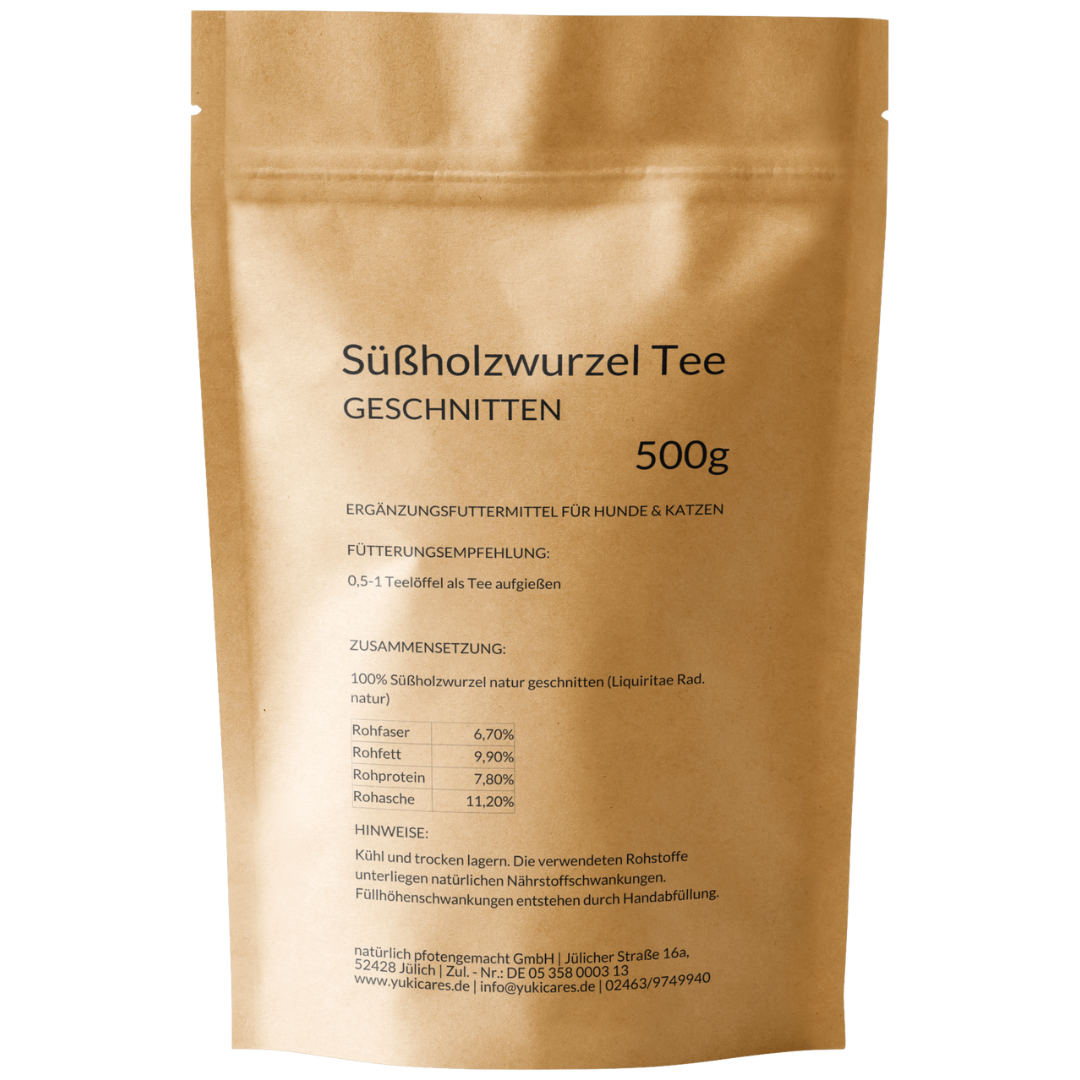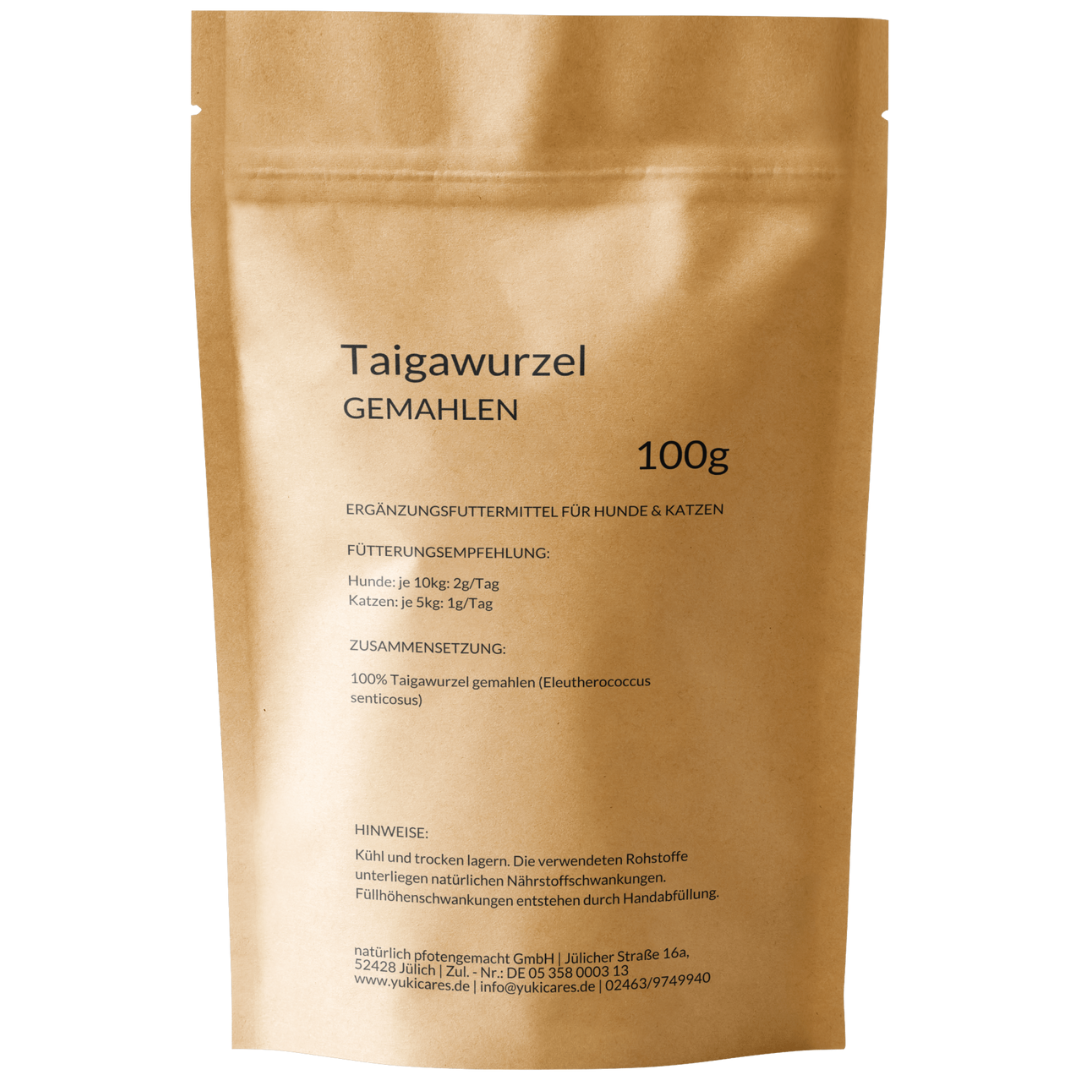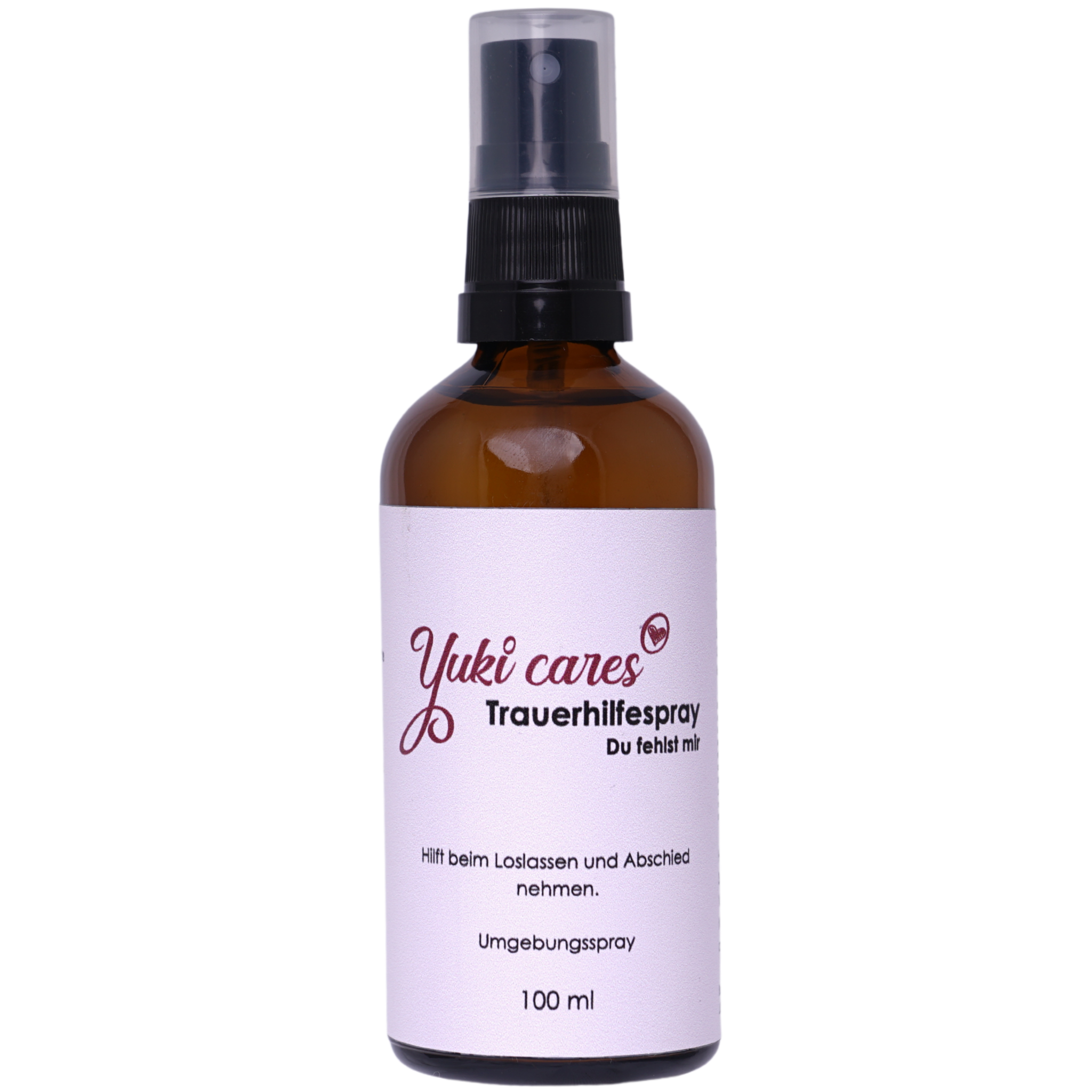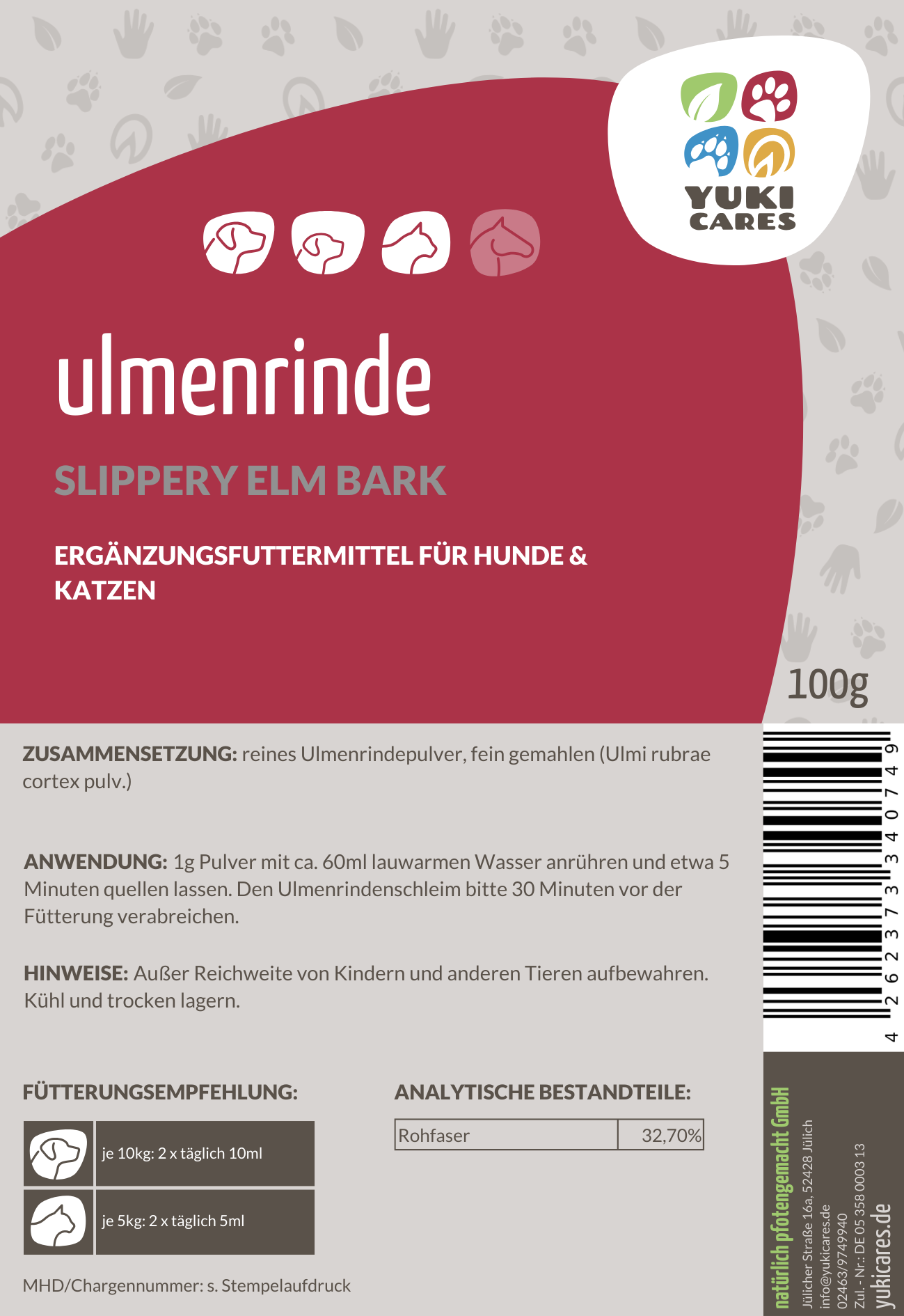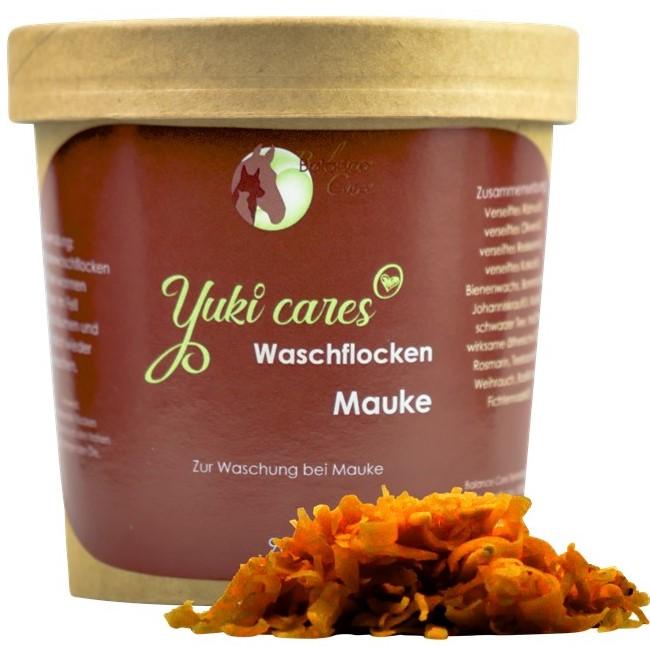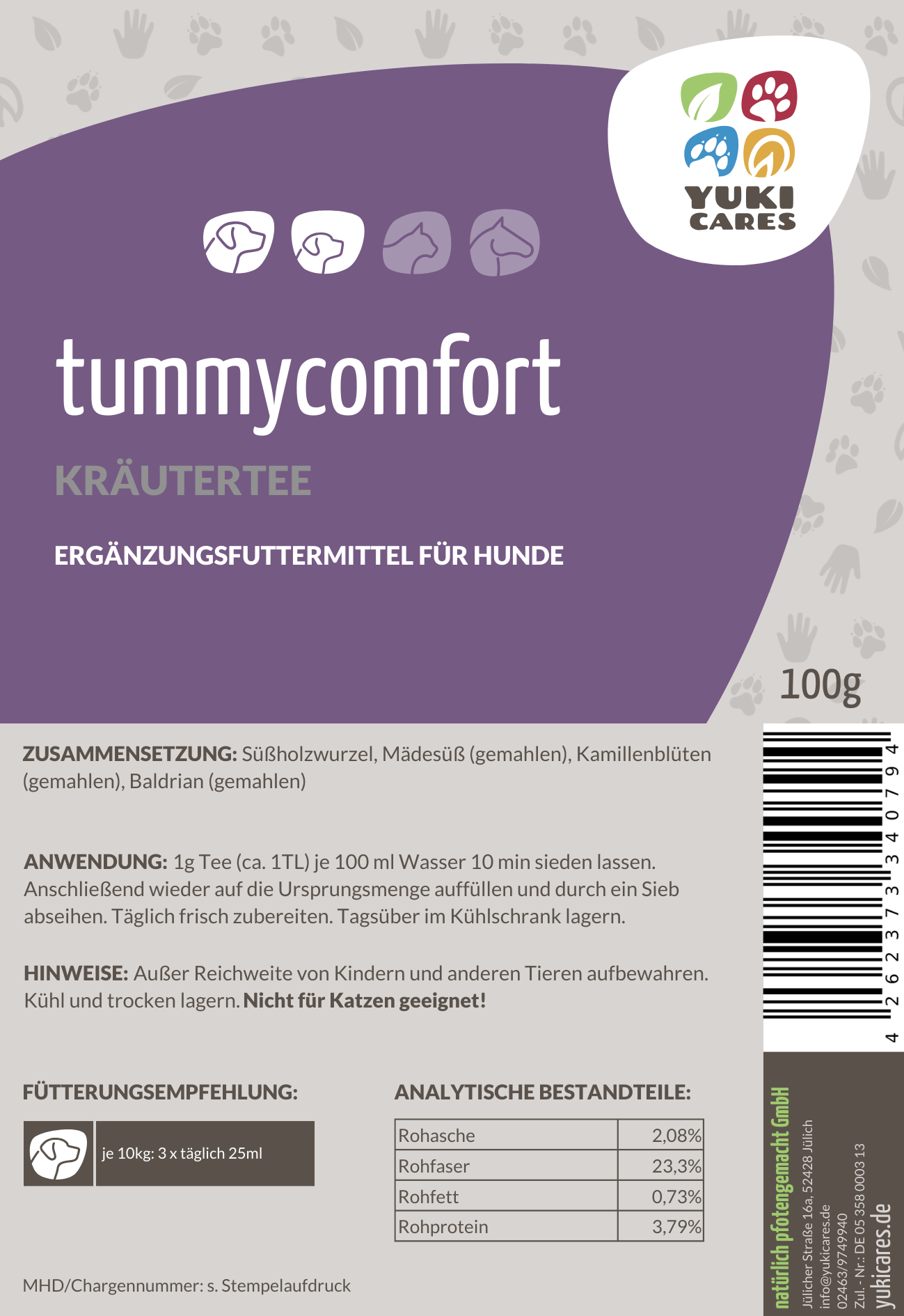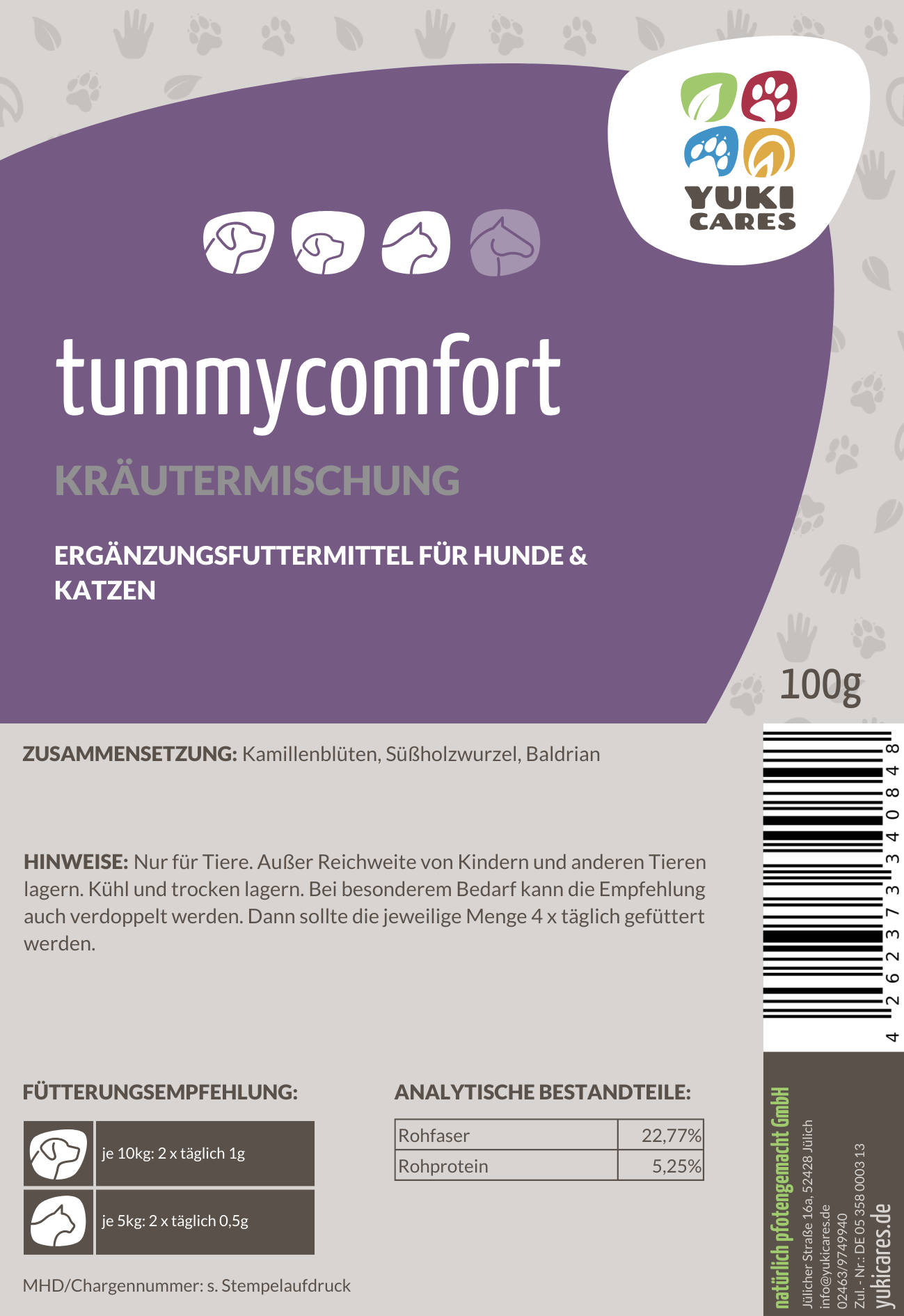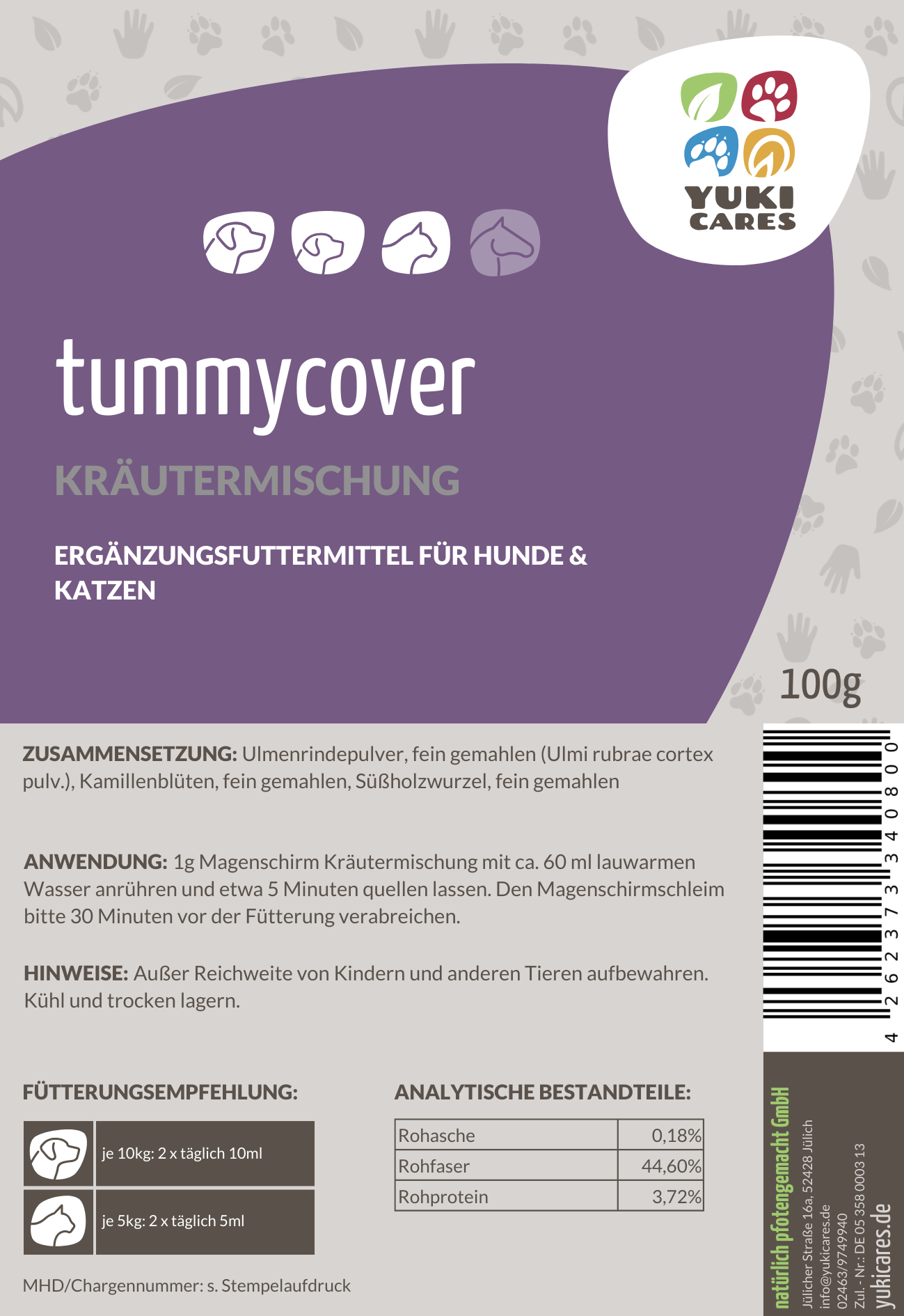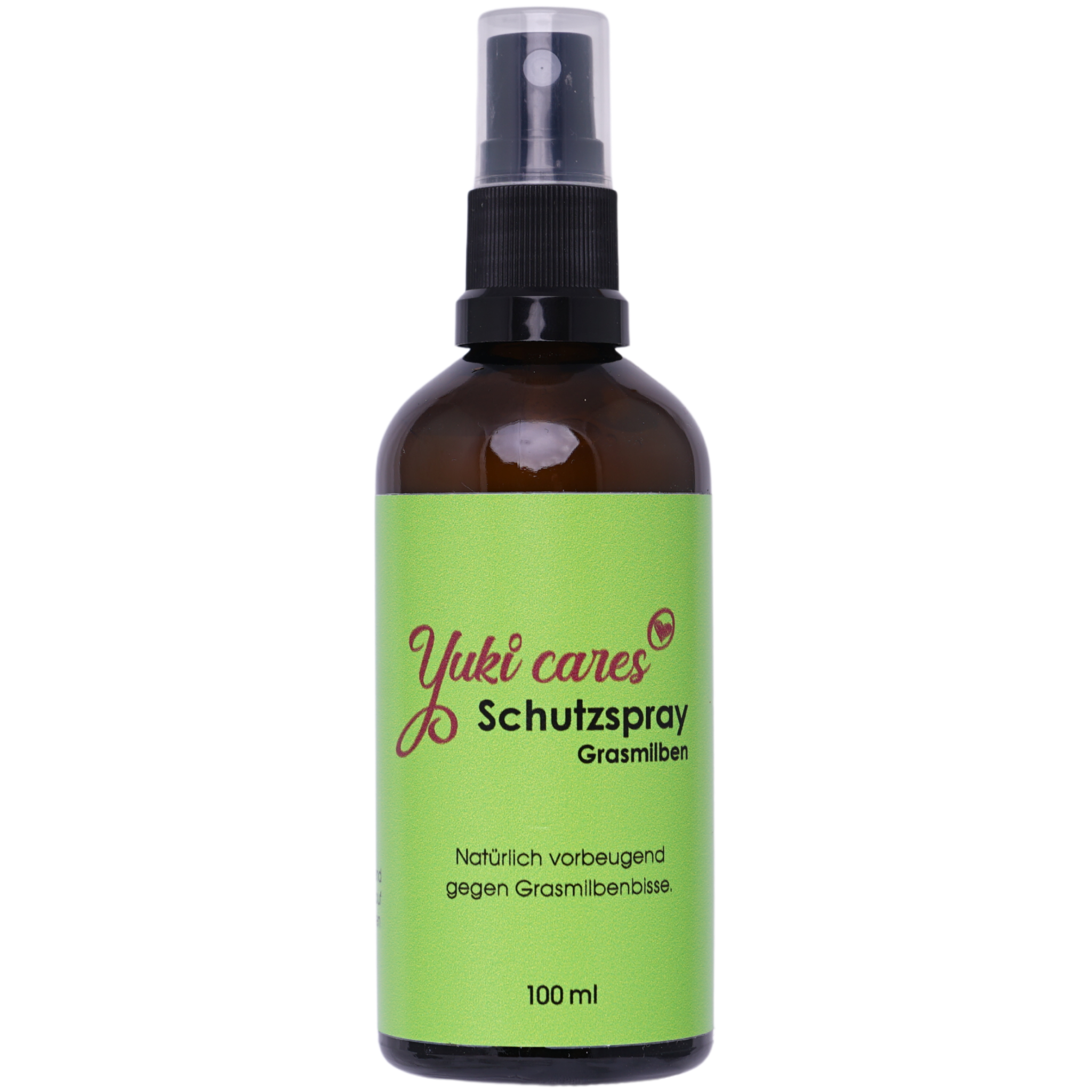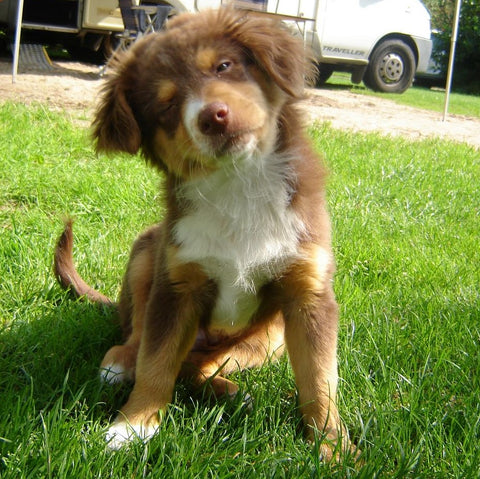
Intelligent, amiable, and athletic—the Australian Shepherd boasts many amazing qualities. Contrary to what its name suggests, it originates from America, where it was used as a herding dog. These days, the Aussie is also enjoying great popularity as a family dog. If you're also enthusiastic about this breed, are aware of the responsibility that comes with owning a dog, have the financial means, and perhaps even have some experience with dogs, nothing stands in the way of welcoming your new family member. If you decide on an Australian Shepherd puppy, you should familiarize yourself with the care and training of a young dog beforehand. A young Australian Shepherd requires your full attention, plenty of time, and affection. This will set the stage for a harmonious life together with your new best friend.
The AussieFind an Australian Shepherd puppy
Breed portrait
- Country of origin: USA
- Size males: 51-58 cm
- Size female: 46-53 cm
- Life expectancy: 12-15 years
- Coat: medium length, slightly wavy or straight
- Basic coat colors: black, red, blue merle, red merle
- Coat markings: with white and/or copper markings or without markings
- Original use: herding dog
- Character traits: intelligent, kind, persistent, balanced, occasionally reserved
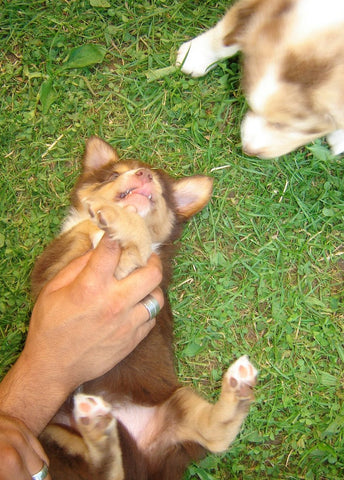
Where can I get an Australian Shepherd puppy?
There are now many breeders offering Australian Shepherds. Of course, a puppy from a breeder costs more than those offered cheaply online. Choose a reputable breeder to avoid supporting the illegal puppy trade. You can also choose a puppy in need. In the following sections, you'll learn how to identify a reputable breeder, whether buying a puppy on eBay is a good option, and where to find puppies in need.How do I recognize a good breeder?
Reputable breeders care deeply about the welfare of their animals. Therefore, buying a puppy is an expensive proposition. In return, you get a healthy animal whose parents are certified breeding dogs and have a balanced temperament. Breeders socialize their puppies from the very beginning, making training much easier for you. The high price of a puppy reflects the breeder's time and financial investment. Reputable breeders invest this investment from the very beginning of litter planning through to the delivery of the puppies.Overview of the time and financial expenditure:
- Price for breeding bitch
- Price for stud dogs
- Veterinary costs
- Exhibitions
- Club membership
- Health certificate or other evidence
- Equipment (whelping box, collars)
- Pregnancy monitoring
- Training (inheritance, care, husbandry)
- Special food for puppies and bitches
- vaccinations
- Pedigree
- Advertising costs
- Transponder
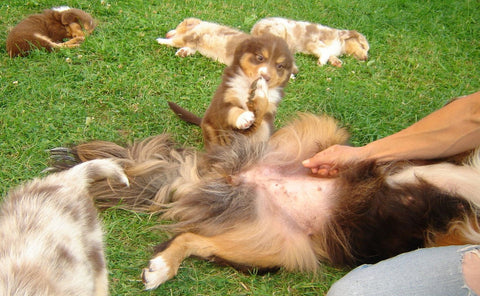 These expenses are often only partially covered by the purchase price of a puppy. Profit is the last priority for a reputable breeder. Nevertheless, breeders give their puppies the best possible start in life. Therefore, they screen potential buyers more carefully and only place their puppies in good homes. So don't be surprised by questions or tests. Take a close look at the breeder's breeding conditions, ask for proof of breeding, ask questions, and observe the behavior of the mother and puppies.
These expenses are often only partially covered by the purchase price of a puppy. Profit is the last priority for a reputable breeder. Nevertheless, breeders give their puppies the best possible start in life. Therefore, they screen potential buyers more carefully and only place their puppies in good homes. So don't be surprised by questions or tests. Take a close look at the breeder's breeding conditions, ask for proof of breeding, ask questions, and observe the behavior of the mother and puppies. 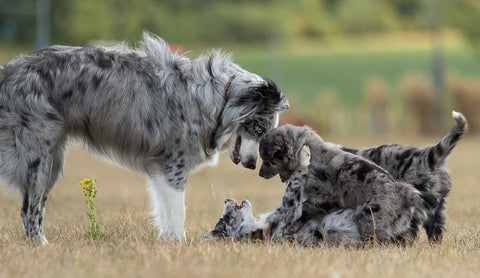 If everything is top-notch, you can be sure that you have chosen a reputable breeder.
If everything is top-notch, you can be sure that you have chosen a reputable breeder.
This is what distinguishes a reputable breeder:
- Breeding animals are kept in a species-appropriate manner
- Cleanliness in the whelping box
- Dogs have family connections
- apparently healthy puppies and parents, with a lively nature
- Breeder answers all questions and asks some himself
- provides evidence and health certificates
- Puppies are only vaccinated and only given away after eight to twelve weeks
- Is a member of a breeding association
This indicates an unreliable breeder:
- too cheap or too expensive purchase price
- Parents and puppies appear sickly or anxious/aggressive
- no family connection
- does not pay attention to cleanliness
- does not answer any questions
- does not provide any evidence
- Puppies are given away too early and unvaccinated
- is not a member of a breeding association
- Handover does not take place at the breeder
- several breeds are bred
Where can I find Australian Shepherd puppies in need?
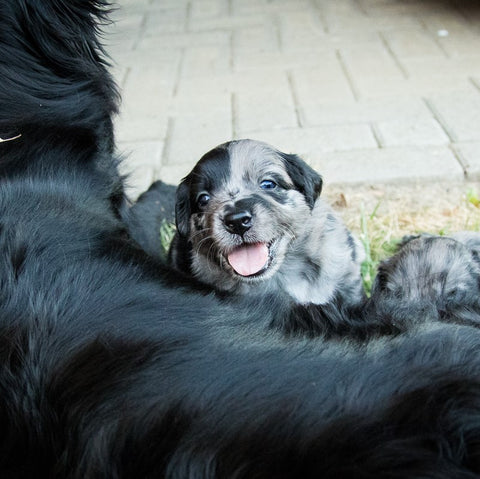
Is buying a puppy on eBay trustworthy?
eBay is a very large online sales platform with an enormous reach. Puppy sales also find buyers here. However, this trade should be viewed with caution. Not all sellers are reputable breeders, who actually offer their puppies through more personal websites to avoid large crowds. Meanwhile, dubious breeders and breeders love to use the online sales platform to quickly acquire large numbers of customers. Furthermore, these are rarely purebred animals, but rather mixes. Therefore, sellers should always be carefully investigated and dubious offers should be avoided.
Can I buy a puppy online and what should I look out for?
In the modern age, websites are used almost exclusively for sales purposes. It's therefore possible that you can initially only find a top breeder online. Word of mouth and advertising through other media are rare these days. The internet is certainly your first port of call when looking for a puppy. You should stay away from online sales platforms. Instead, search specifically for breeders' websites or links to breeding associations. Facebook groups for your breed can also be very helpful here; breeders and people who have purchased dogs from breeders often gather there and can give you tips. A breeder's website should be up-to-date and provide you with a lot of important information in advance. Reputable breeders offer you contact options via email or telephone, which you can use to get in touch with them. The breeder's address should also be provided. A direct purchase offer over the internet is dubious in any case, as a good breeder wants to get to know potential buyers first. It should also be in your interest to be able to inspect the puppies and breeding conditions before purchasing them.How important are papers?
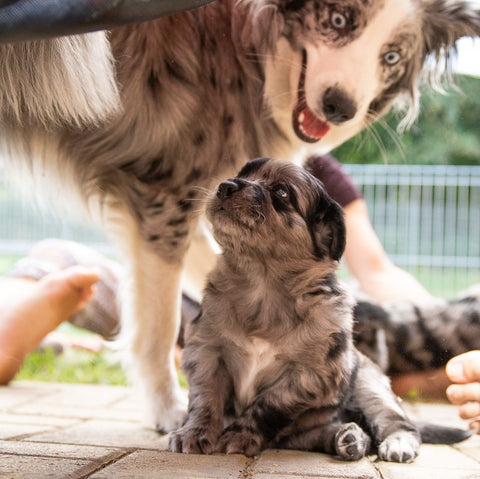
What food does an Australian Shepherd puppy need and how much should I feed him?
Australian Shepherds are medium-sized dogs, and you'll need to consider a few things when feeding them. This depends on your preferred food. You can choose between dry food, wet food, a mixture of both, or a biologically appropriate raw food diet (BARF).Dry and wet food
Puppies require special puppy food with a moderate energy content for the first six months of life. This prevents your puppy from growing too quickly or reaching its final weight too quickly. This would place unnecessary strain on its skeletal system and, over time, lead to misalignment of the limbs. Puppy foods also provide a balanced supply of vitamins and minerals. Puppies need enough food to adequately cover their daily energy needs. The manufacturer's feeding recommendations provide guidance. Energy requirements are, of course, determined by daily activity level and current weight. On average, however, between 235 g and 360 g are fed.Advantages of dry food:
- cheaper than wet food
- easy to store and portion
- well suited for travel
- large croquettes counteract choking
- little packaging waste
- high energy content
Advantages of wet food:
- Fluid balance is covered
- The amount of food is larger, meaning the puppy gets full
- tastier than dry food
- long lasting
- lower energy content - good for puppies who should not grow too quickly
Biologically appropriate raw feeding (BARF)
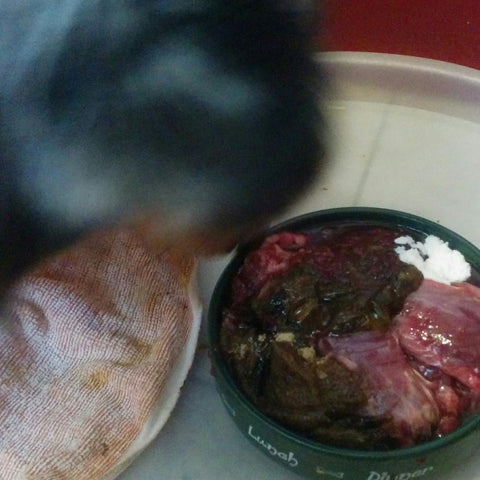 If you're motivated to take a closer look at your puppy's nutrition and don't mind the time investment, biologically appropriate raw feeding is a good option. This consists of feeding raw meat, offal, as well as vegetables, fruit, and herbs. It's based on the diet of wolves and offers domestic dogs optimal nutrients that are also incredibly tasty. You can find guidance in the feeding recommendations of Swanie Simon, who has studied the topic in depth and is considered a pioneer in the field of BARF. She has published various brochures on feeding puppies, adult dogs, and senior dogs. BARFing means you need to acquire knowledge about the composition of the food and your dog's needs. For example, your puppy's needs must be precisely calculated and adjusted as it gets older. It's helpful to create a specific feeding plan that's tailored to your puppy's needs. Daily activity also plays a major role in the calculation. It's not rocket science, and you'll quickly pick up the necessary knowledge in everyday life. It won't take much time either once you've found your routine. If this is completely new to you and you want to be on the safe side, look for a raw food consultant who can draw up a feeding plan for you. Veterinarians are usually the wrong people to contact here, as very few have extensive experience with raw food nutrition and the creation of individual feeding plans. The advantage of biologically appropriate raw food is that your puppy receives all the important nutrients without artificial additives or flavor enhancers like in dry food and the like. The total amount of food is on average between 150 and 700 g, depending on your dog's age and activity level.
If you're motivated to take a closer look at your puppy's nutrition and don't mind the time investment, biologically appropriate raw feeding is a good option. This consists of feeding raw meat, offal, as well as vegetables, fruit, and herbs. It's based on the diet of wolves and offers domestic dogs optimal nutrients that are also incredibly tasty. You can find guidance in the feeding recommendations of Swanie Simon, who has studied the topic in depth and is considered a pioneer in the field of BARF. She has published various brochures on feeding puppies, adult dogs, and senior dogs. BARFing means you need to acquire knowledge about the composition of the food and your dog's needs. For example, your puppy's needs must be precisely calculated and adjusted as it gets older. It's helpful to create a specific feeding plan that's tailored to your puppy's needs. Daily activity also plays a major role in the calculation. It's not rocket science, and you'll quickly pick up the necessary knowledge in everyday life. It won't take much time either once you've found your routine. If this is completely new to you and you want to be on the safe side, look for a raw food consultant who can draw up a feeding plan for you. Veterinarians are usually the wrong people to contact here, as very few have extensive experience with raw food nutrition and the creation of individual feeding plans. The advantage of biologically appropriate raw food is that your puppy receives all the important nutrients without artificial additives or flavor enhancers like in dry food and the like. The total amount of food is on average between 150 and 700 g, depending on your dog's age and activity level.
Advantages of BARF:
- good digestibility of the feed with high bioavailability
- good feed acceptance
- Protects against allergies and diseases because the puppy is slowly introduced to different ingredients, similar to how you feed a baby solid food.
- Prevents bad breath because meat and bones naturally clean the teeth
- The food does not swell in the stomach - stomach torsion is prevented
- Fur shines and the animal is less susceptible to parasites
- free from additives and flavor enhancers that can burden the body
What basic equipment does a puppy need?
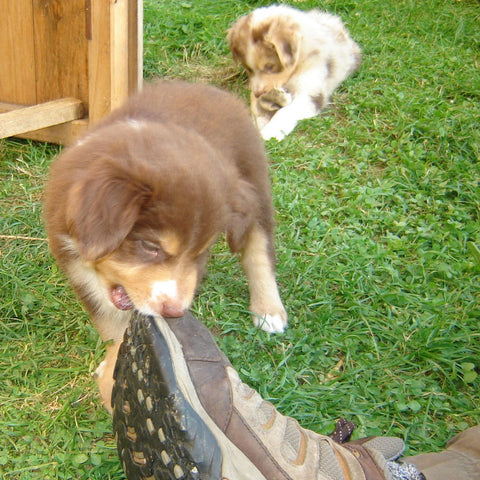 While you wait for the new arrival, you can pass the time with extensive shopping trips. A puppy like this needs a lot of equipment to feel truly comfortable in your home. Find out about the puppy's current diet and have this food ready for him. You can start changing his food after a short time, but you should do so in small steps. Of course, you should always have a good supply of the new food so that your pet doesn't go hungry over the holidays or in case of supply shortages. But your new friend also needs a cozy place to sleep, a collar, a leash, bowls, and opportunities to play. Above all, think about chew toys so that your shoes don't have to serve as food. This way you can give him the best start to his new life.
While you wait for the new arrival, you can pass the time with extensive shopping trips. A puppy like this needs a lot of equipment to feel truly comfortable in your home. Find out about the puppy's current diet and have this food ready for him. You can start changing his food after a short time, but you should do so in small steps. Of course, you should always have a good supply of the new food so that your pet doesn't go hungry over the holidays or in case of supply shortages. But your new friend also needs a cozy place to sleep, a collar, a leash, bowls, and opportunities to play. Above all, think about chew toys so that your shoes don't have to serve as food. This way you can give him the best start to his new life.
Overview of basic equipment:
- Food and water bowls
- sufficient food
- Collar, harness and leash
- Poop bags and poop scoop
- Basket, blanket or dog bed
- toy
- Chews
- Brush, comb, tick tweezers, nail clippers, dog soap
- Puppy toilet or large quantities of kitchen roll, disinfectant, cleaning products
- Transport box or seat belt in the car, partition grille, entry ramp
Special case dog harness
You can buy almost all of the items mentioned above in advance, even before your puppy moves into your home. The only exception is a harness. While a collar is quite flexibly adjustable in length, a harness must always be chosen in the right size. Of course, you can only try this on once you have your puppy at home. Take your puppy to a specialty store and try out different harnesses. Remember that your puppy will grow over time and you will need to buy a new harness at regular intervals. To start with, a simple lead harness or a step-in harness are ideal. These are easy to put on and take off and allow your puppy plenty of freedom of movement. Chest harnesses (Norwegian harness, saddle harness) are not recommended at the beginning. These put pressure on the shoulder area when pulling on the leash. You should only buy these harnesses for your puppy once your puppy has been trained to walk on a leash.
You can also have a harness custom-made for your dog; it's often no more expensive than buying a brand-name harness. The advantage is that you can have it sewn to grow with your dog. Yuki and Pepper, for example, got their harnesses from MyDogwalk in Aachen.
When is an Australian Shepherd fully grown?
In the first few weeks, an Australian Shepherd develops relatively quickly. After that, the developmental spurt stagnates, and the breed remains stuck in a so-called "childhood phase." Although the Australian Shepherd looks fully grown after one year, mentally it still resembles a small, curious child. This distinguishes it from many other dog breeds that are fully grown after just one year. Even at 1.5 years old, the Australian Shepherd still behaves like a child. It is open to all kinds of games and activities, but is also not afraid of mischief. So don't hold everything against it and enjoy this wonderful phase of life. Because by the age of two at the latest, the first changes appear, and your faithful companion understands the seriousness of life. By the age of three, your new friend is fully grown and approaches life with a newfound sense of reason.How much exercise does an Australian Shepherd need?
Australian Shepherds are very active and energetic dogs who can easily run for several hours at a time. Puppies also have this urge for exercise, but should be given some care during the first few months of life. Dog sports are out of the question at this stage, as the risk of injury is far too high. Long walks, jogging, or cycling should also be avoided with puppies. Only when the skeletal system is fully developed, i.e. from 12 months, can you allow your new friend a little more activity. To prevent your puppy from getting bored, you should stimulate him mentally and keep him busy with search games and the like. Adult dogs need at least 18 hours of rest a day. For puppies, the rest period is even at least 20 hours a day.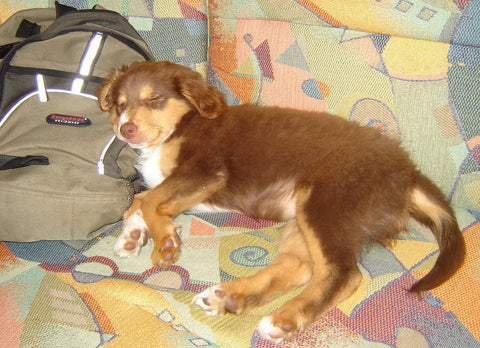
I have a cat, can I still adopt a puppy?
Dogs and cats can certainly become good friends. They should be introduced slowly at first so they can get to know each other. If neither has had any unpleasant experiences with the other breed, peaceful coexistence should be easy. If disagreements do arise, it's possible to keep the animals separate within the household.
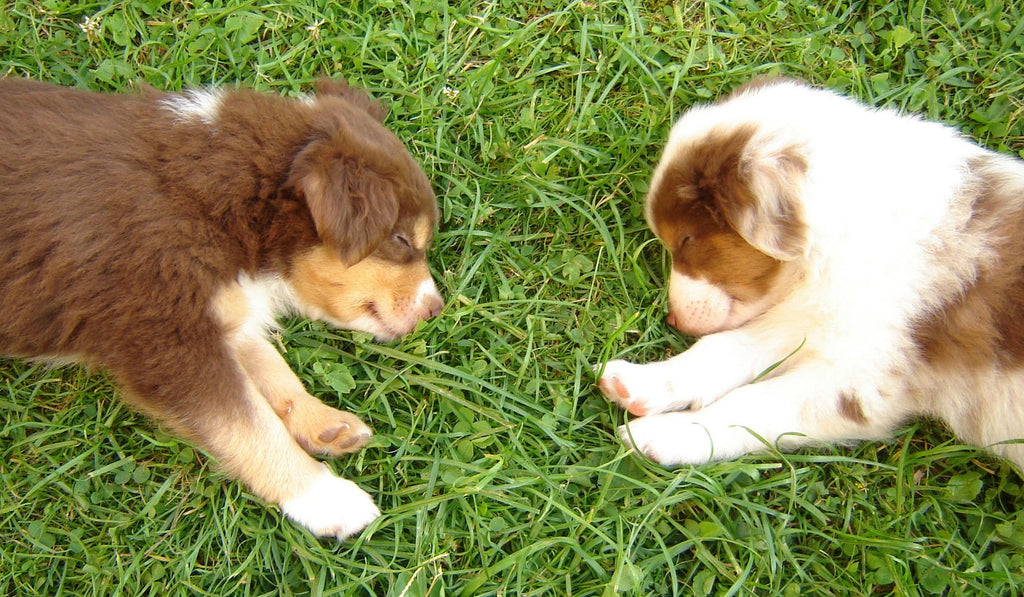
PS: The little darling on the left is, of course, our Flux from the Flux Workshop . His owner produces all the soap dishes , soap molds, soap cutters, soap stamps, and more for Yuki Cares.
Text by Balance Cure Animal Healing Practice & Textbroker / Christin92
Photos by Alexandré Bhar & LMG Aussies
This text contains affiliate links (*)
Through these links, we recommend certain products and may earn a commission. The products don't cost any more, we promise.
If you would like to be regularly informed about new blog articles, simply sign up for our newsletter below!

